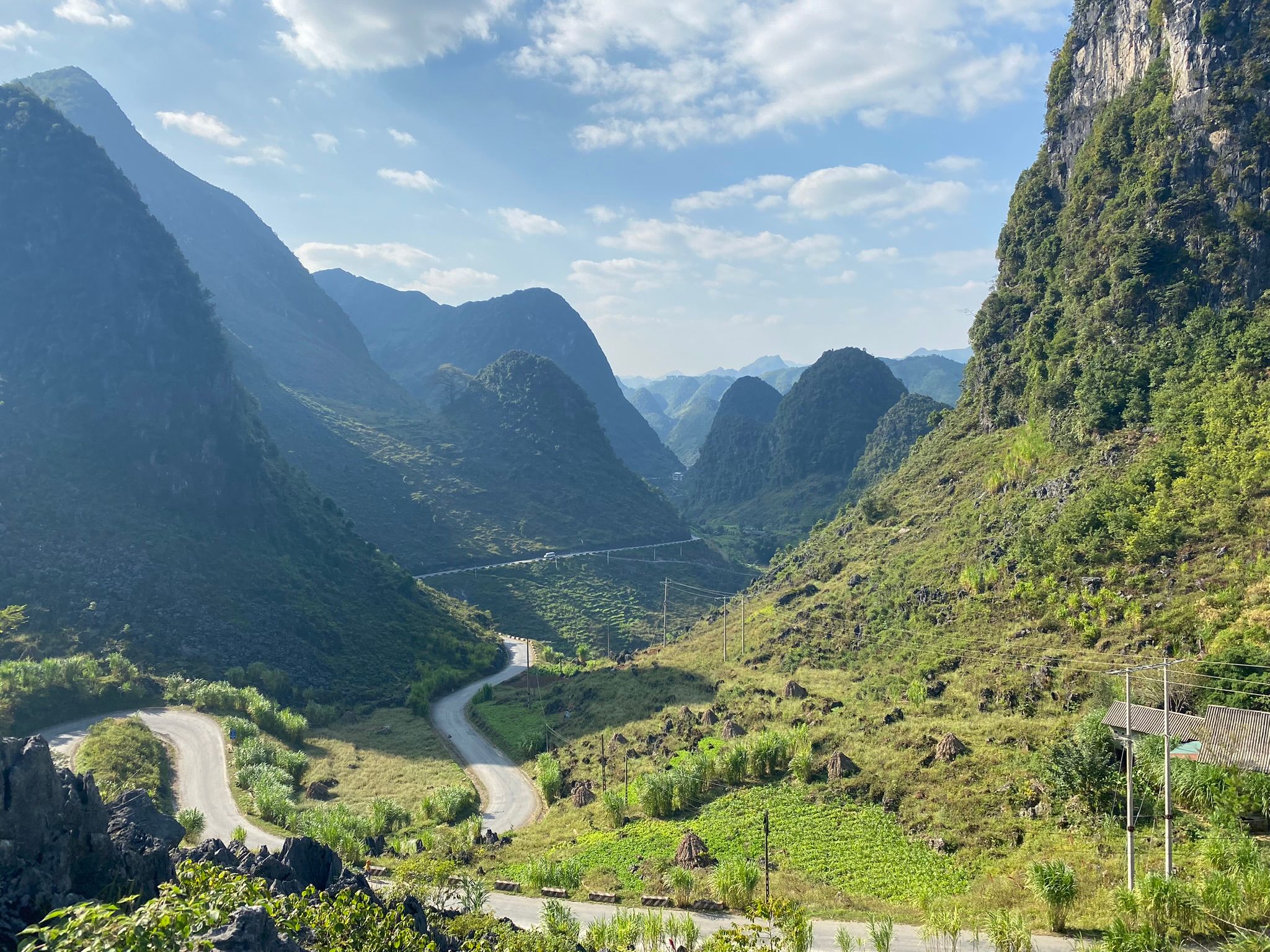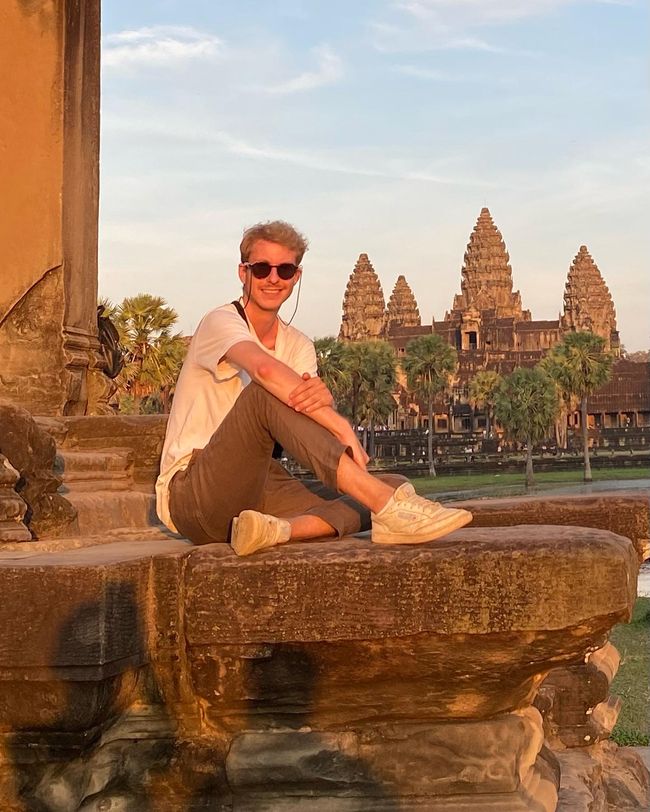December 7th, 2023 – Three week road trip through Costa Rica
प्रकाशित: 11.01.2024
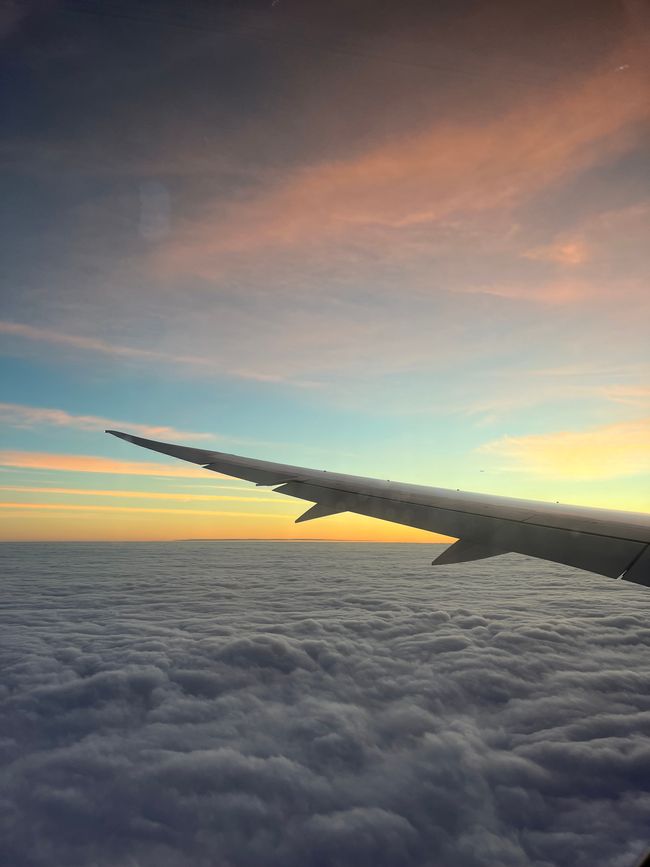


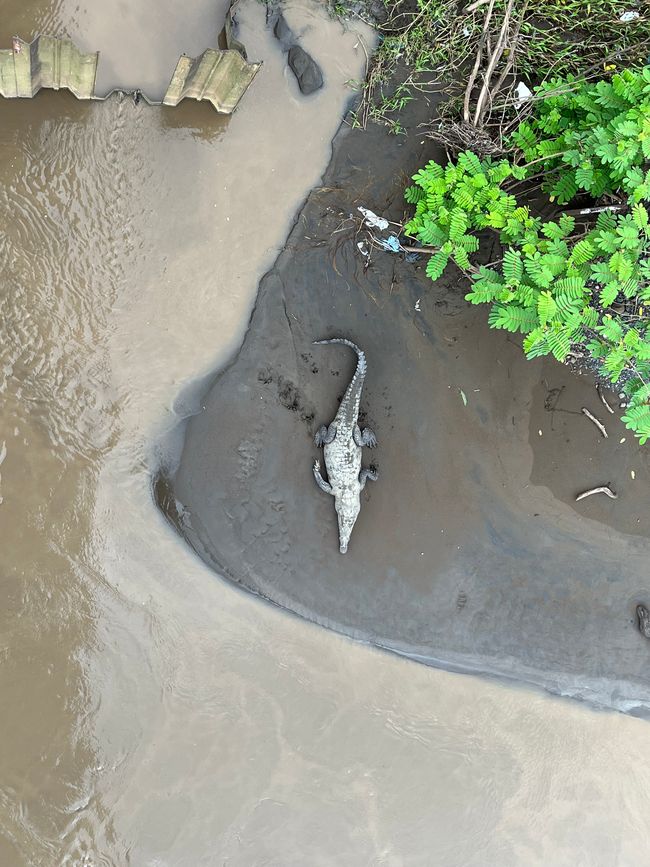
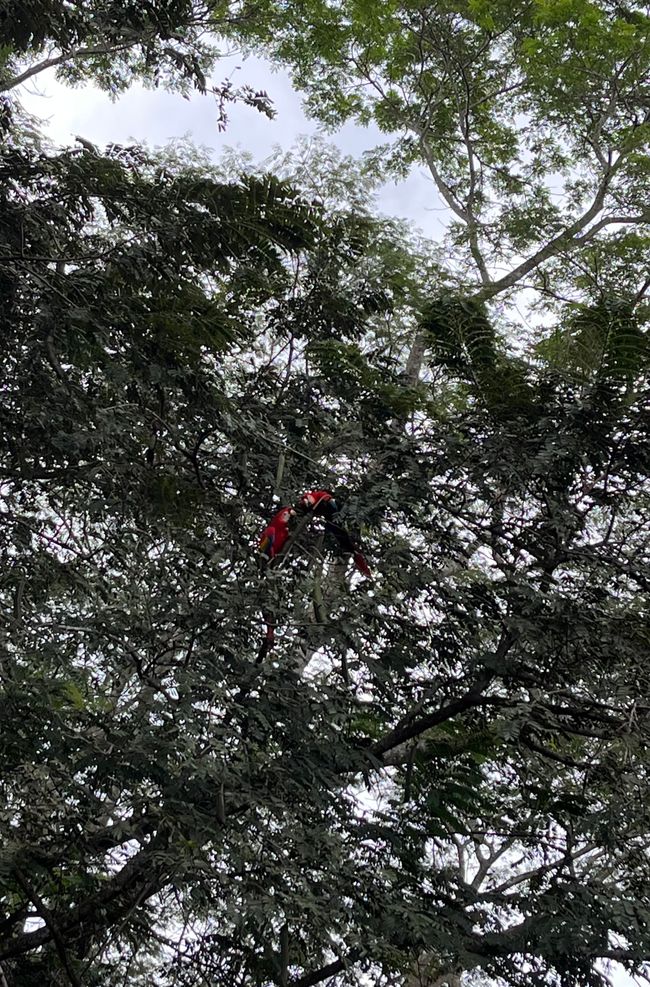
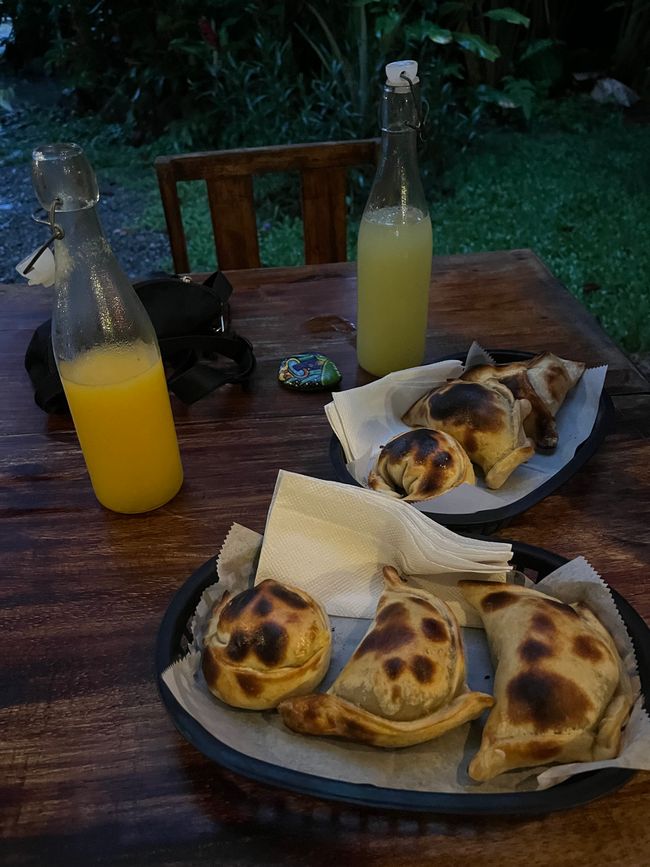
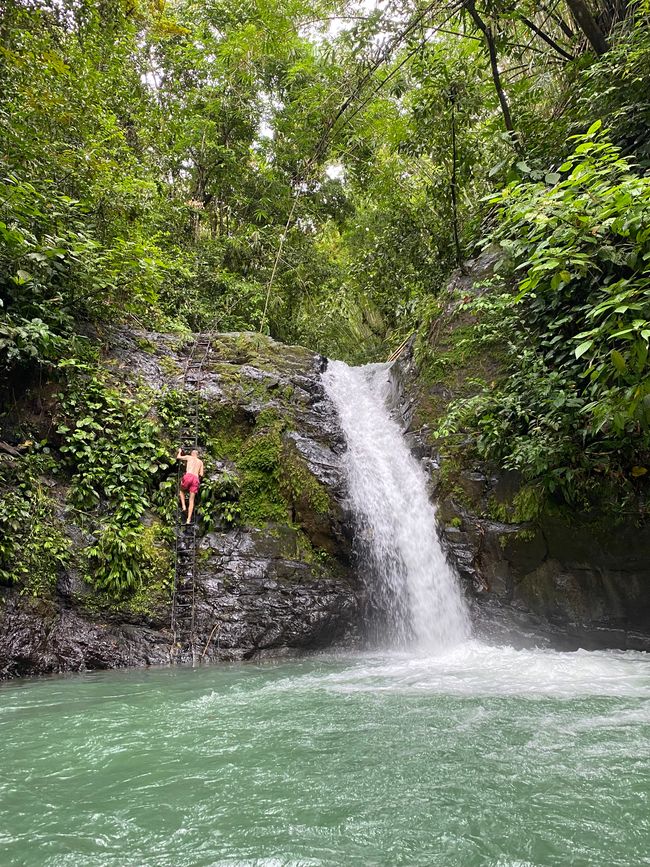
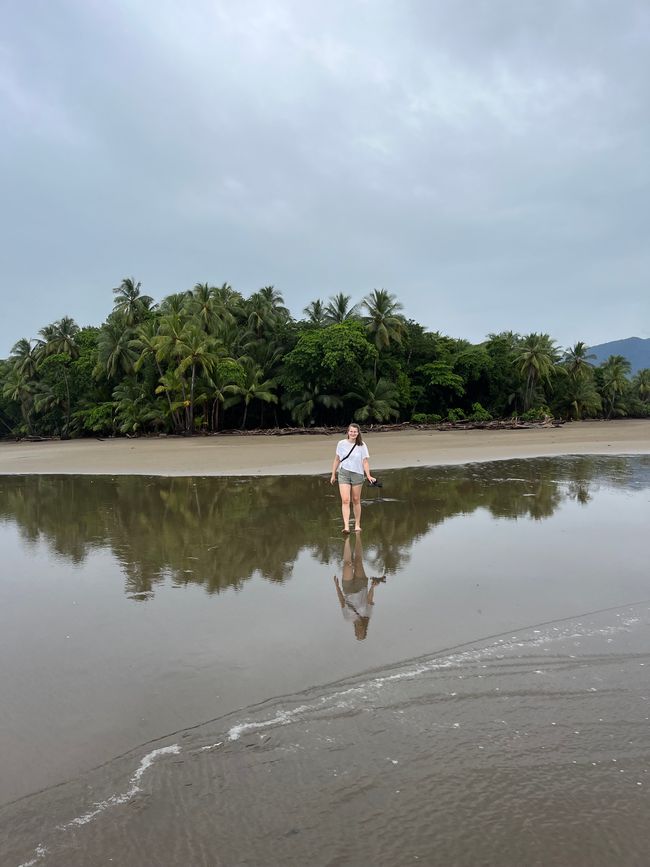
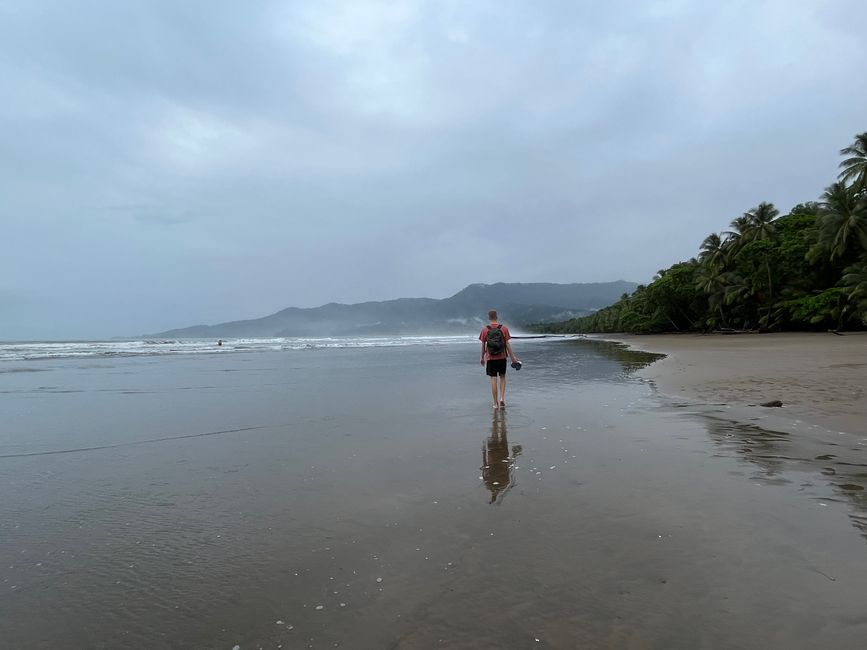
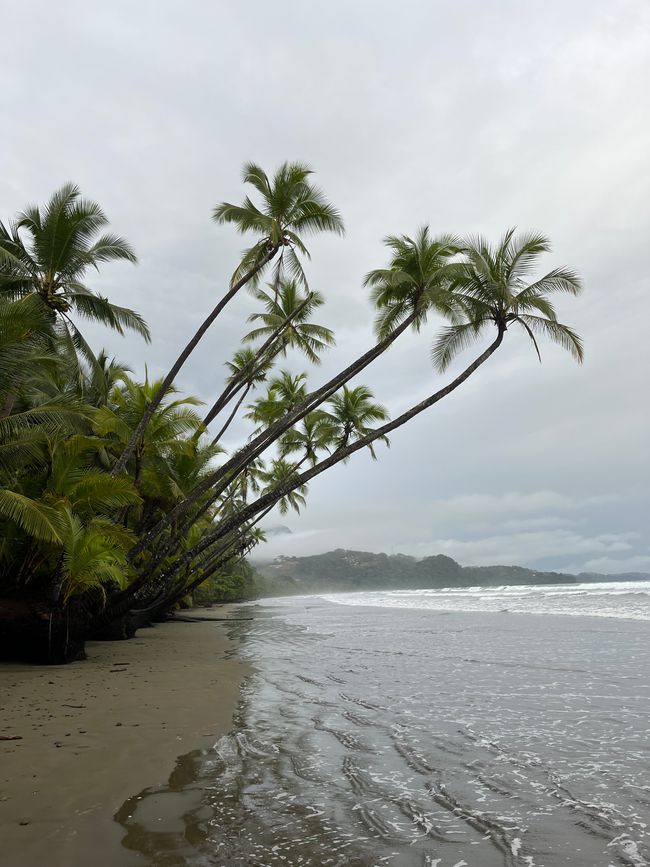
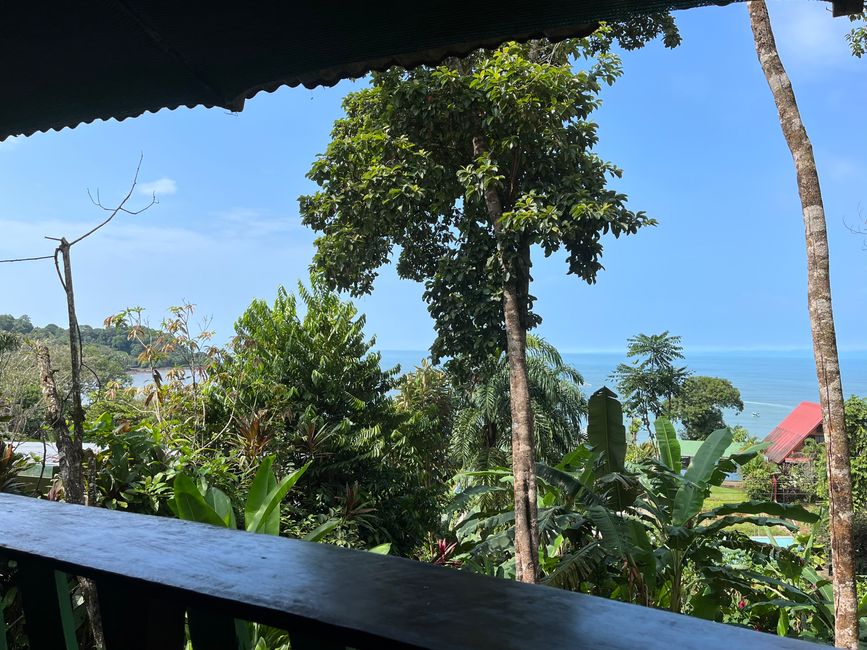
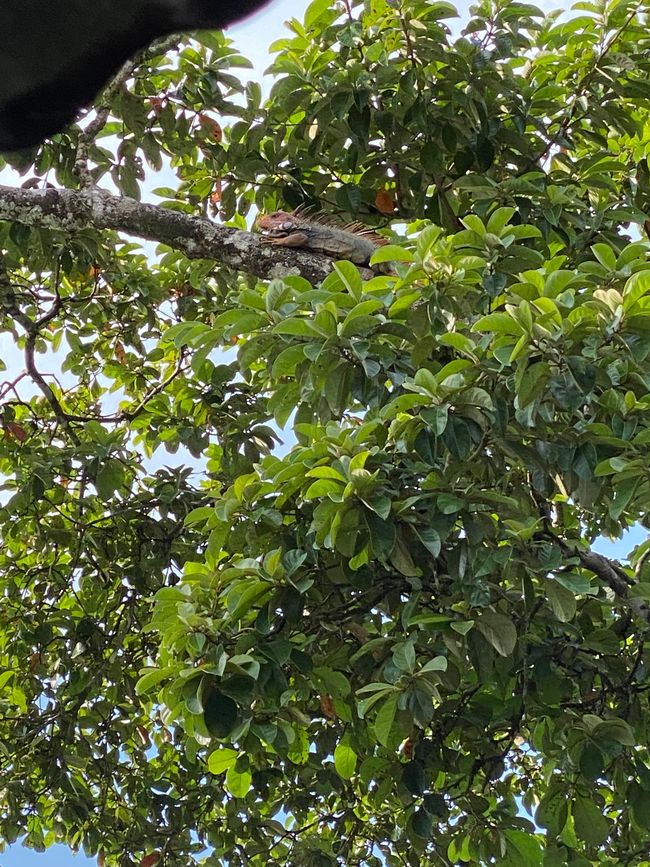
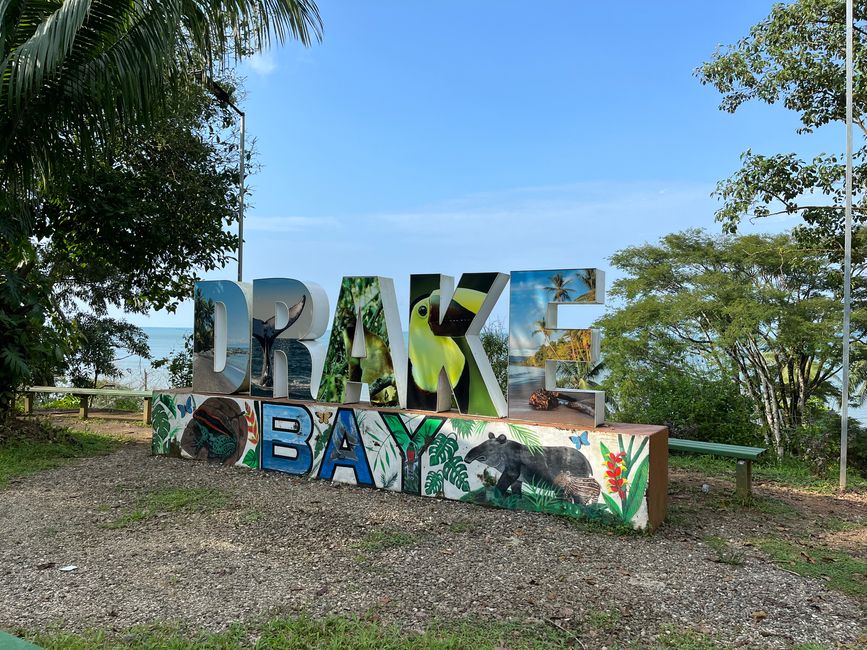
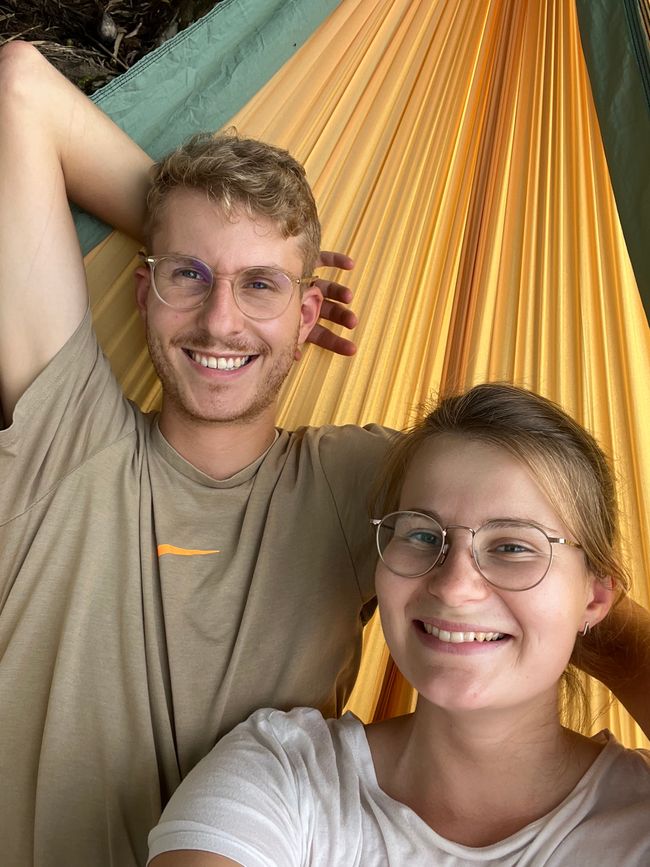
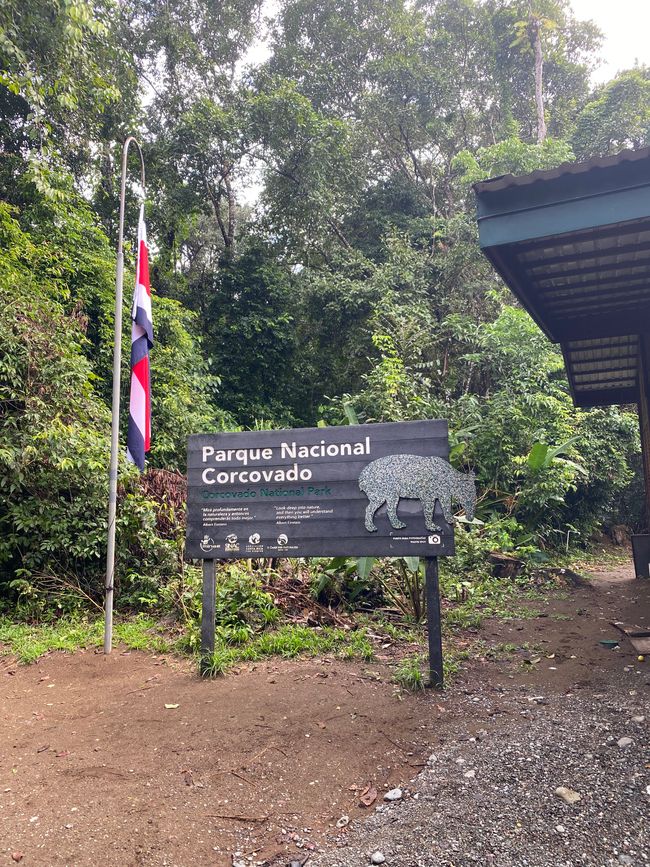
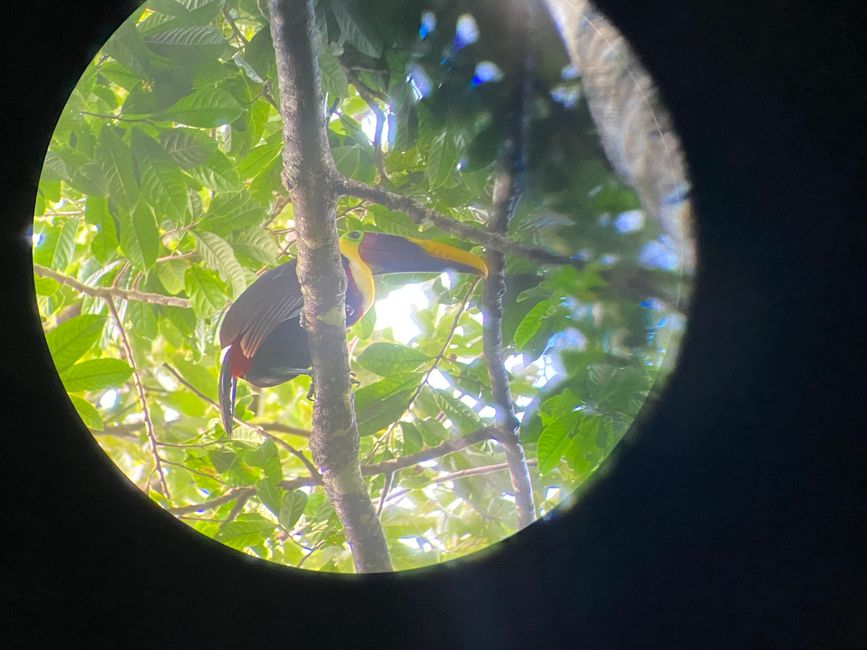
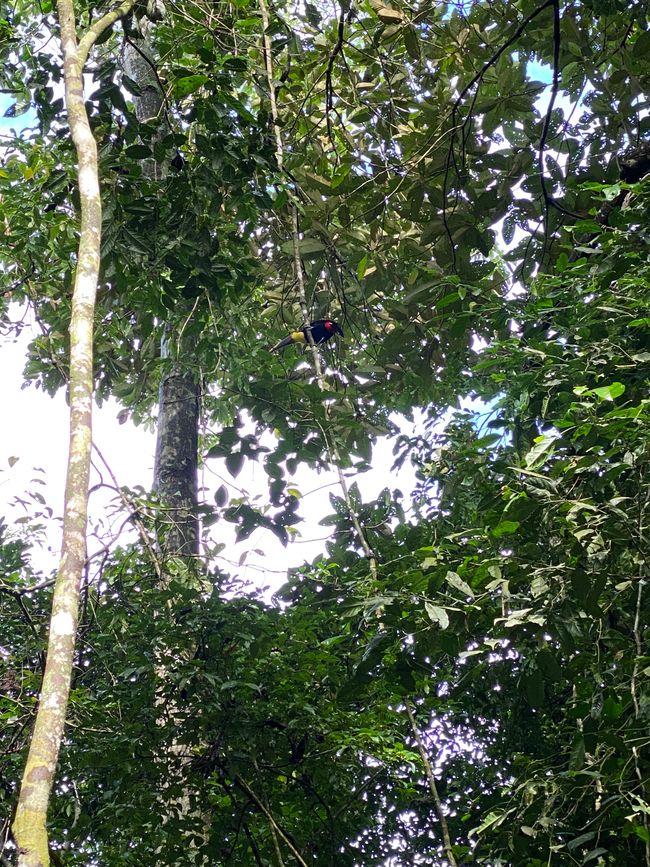
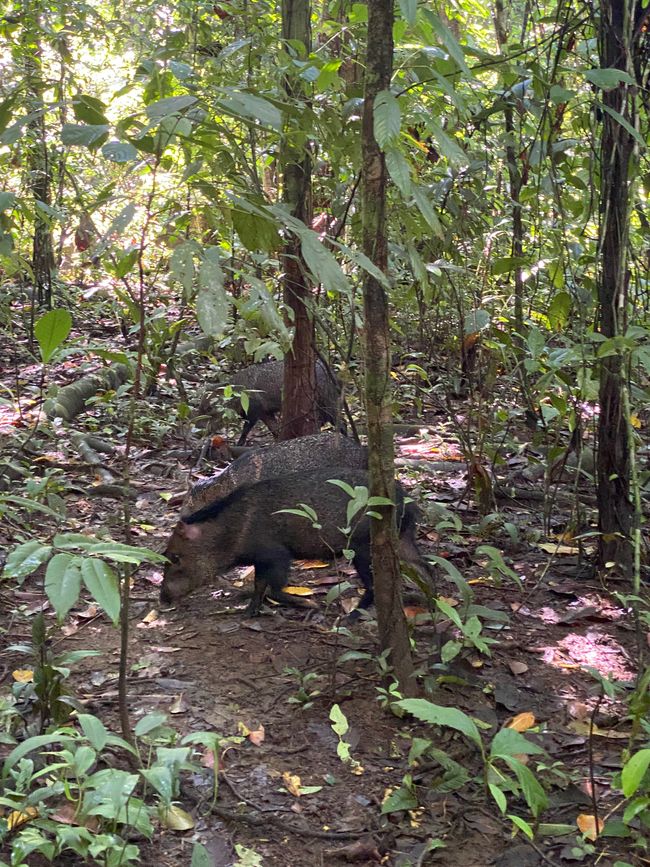
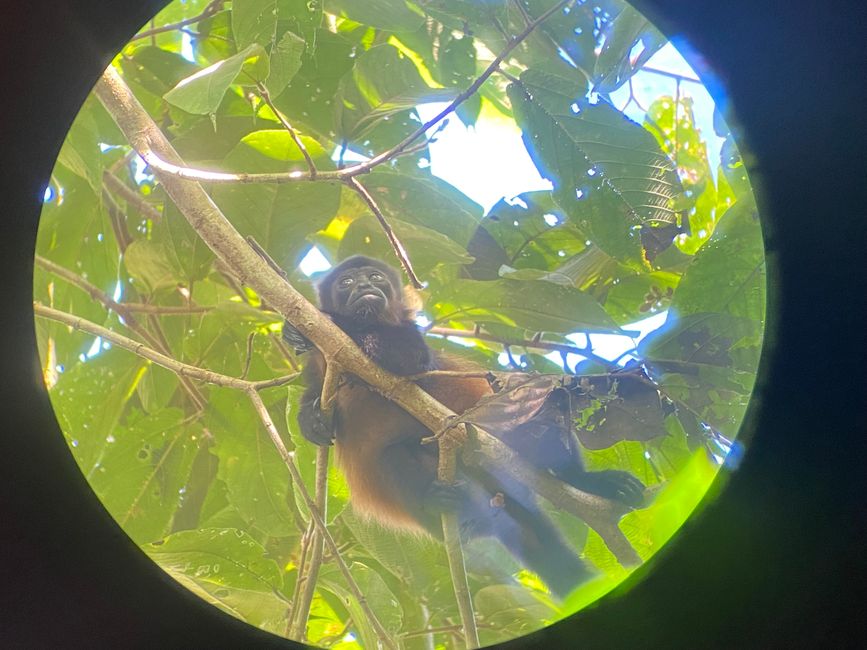
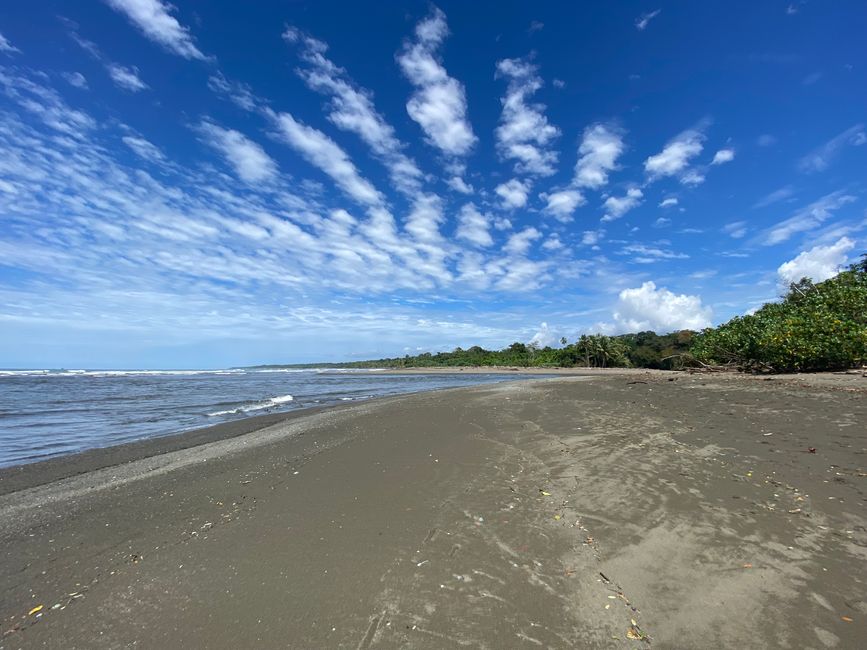
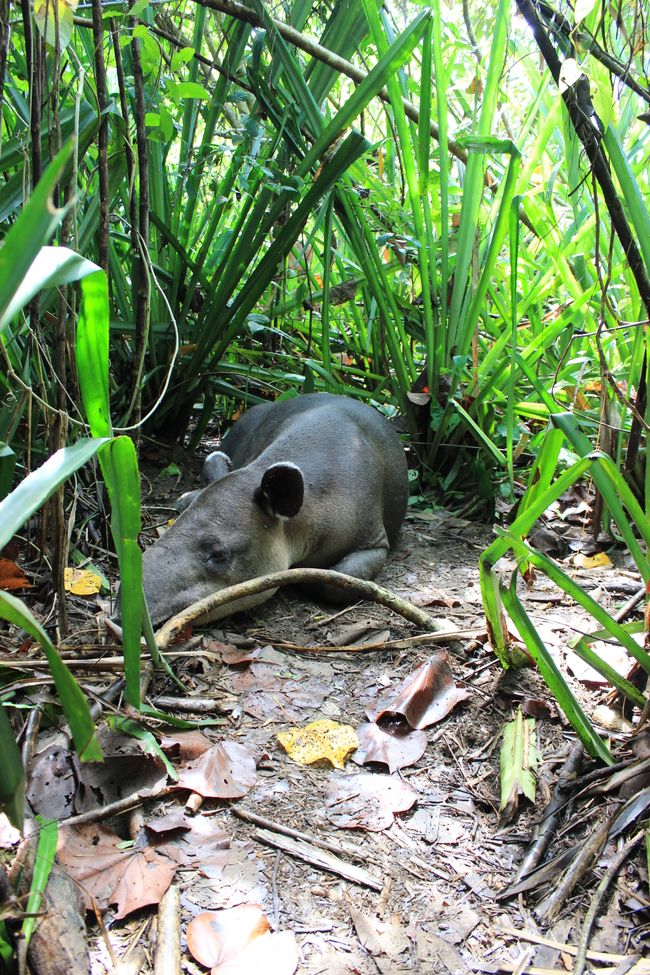
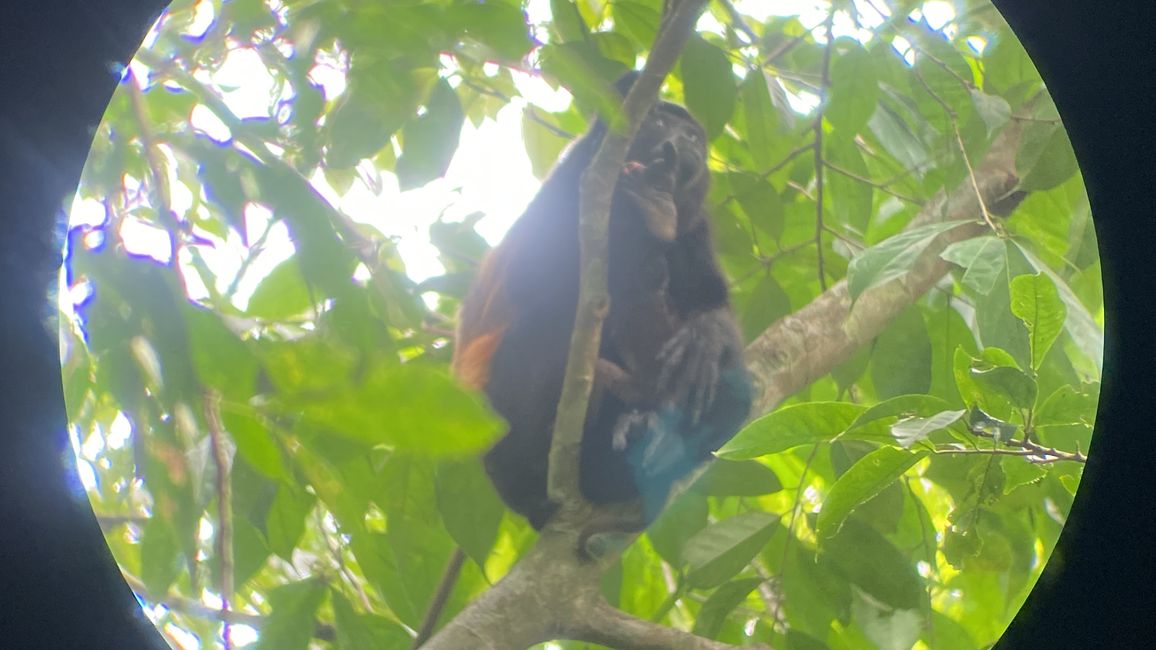

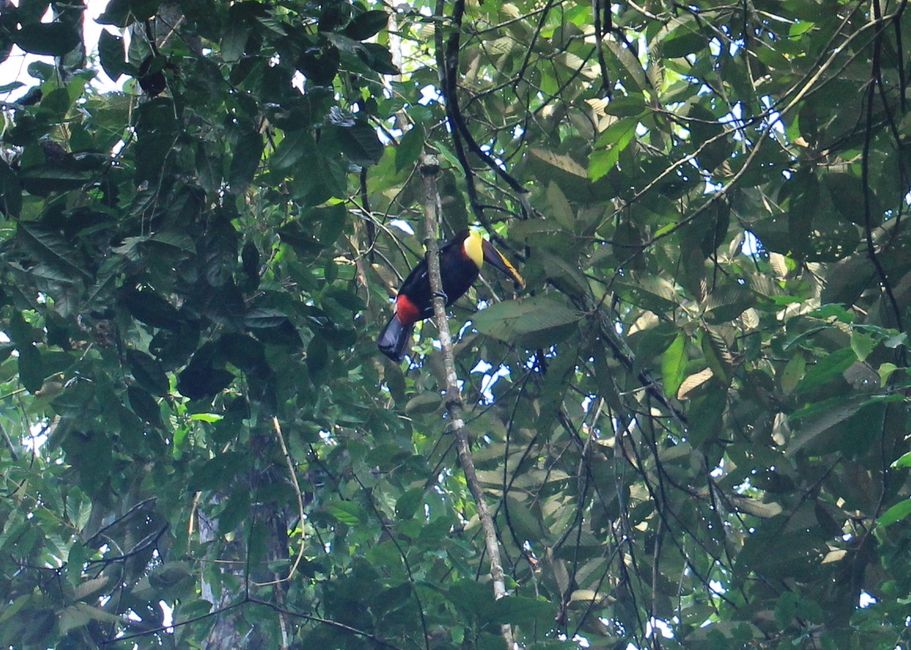
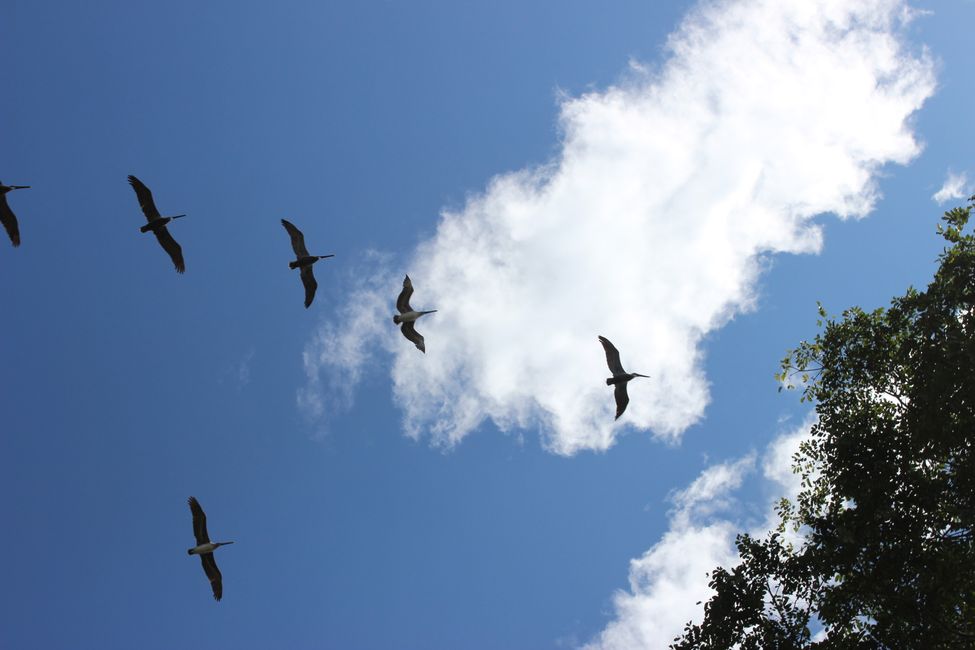
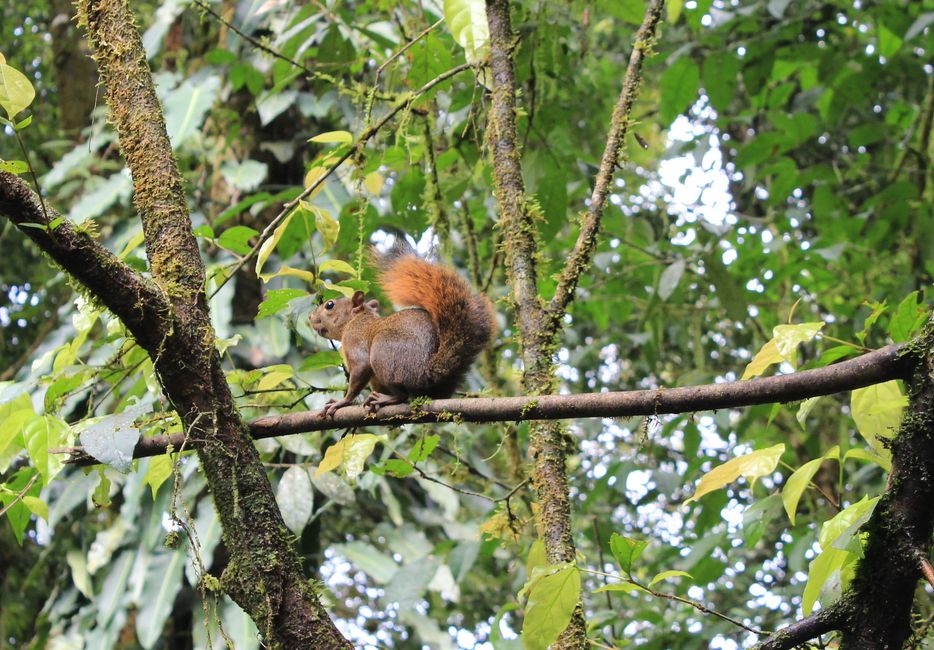
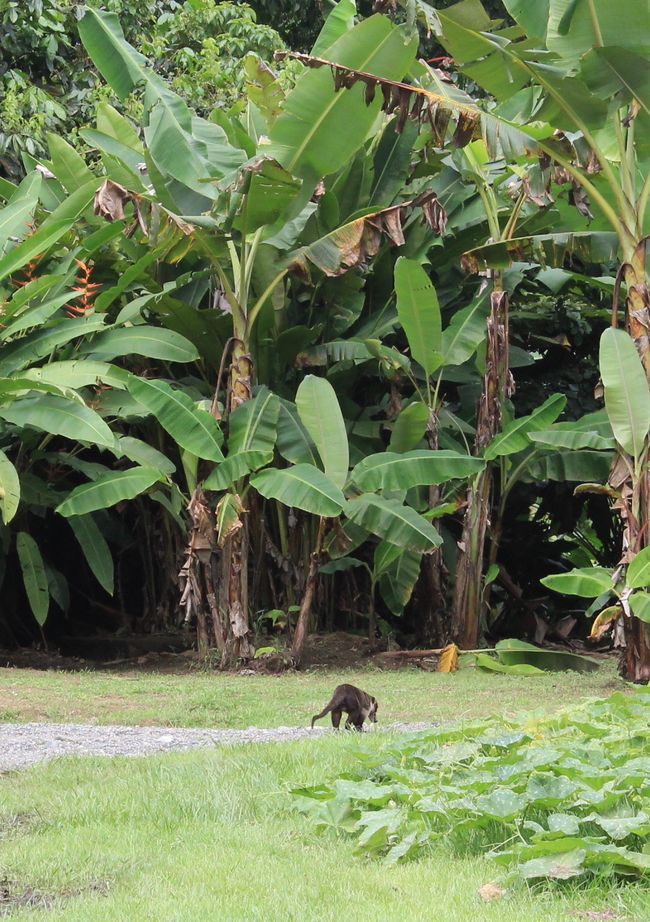
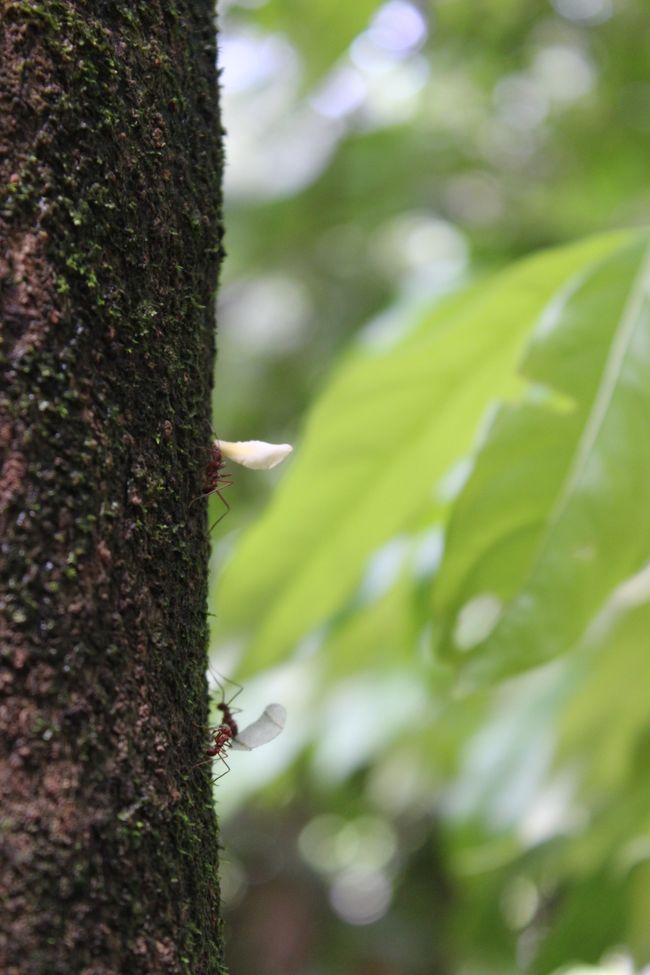

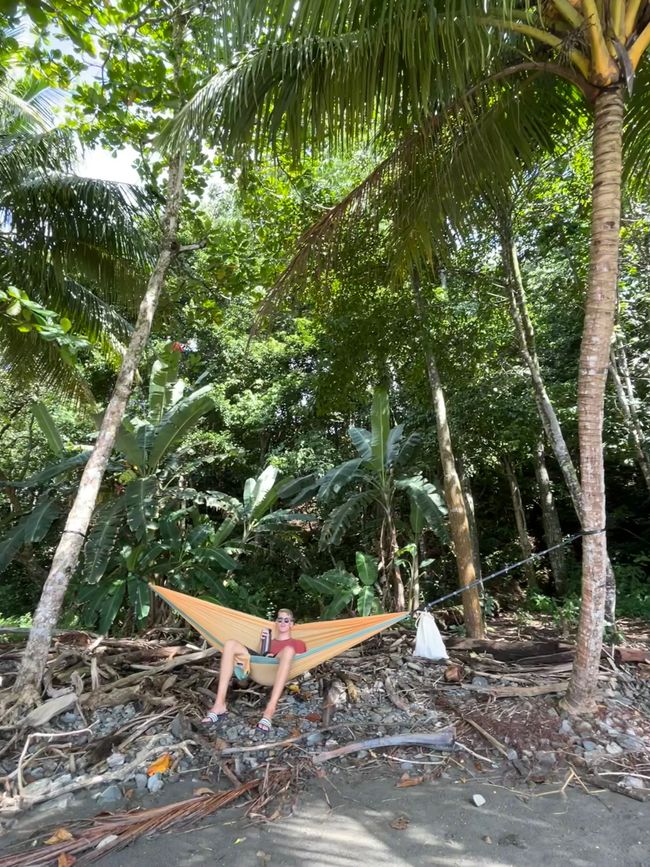
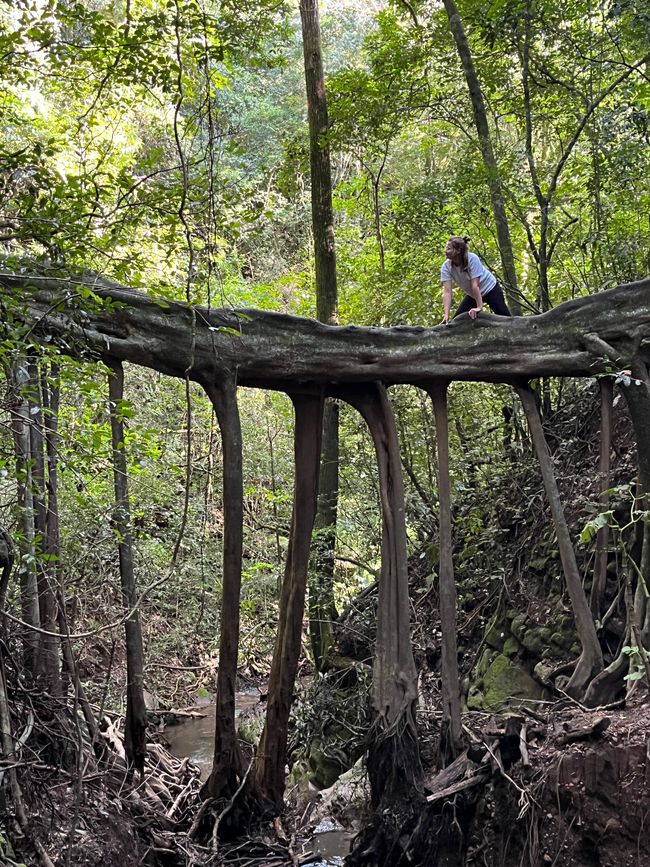
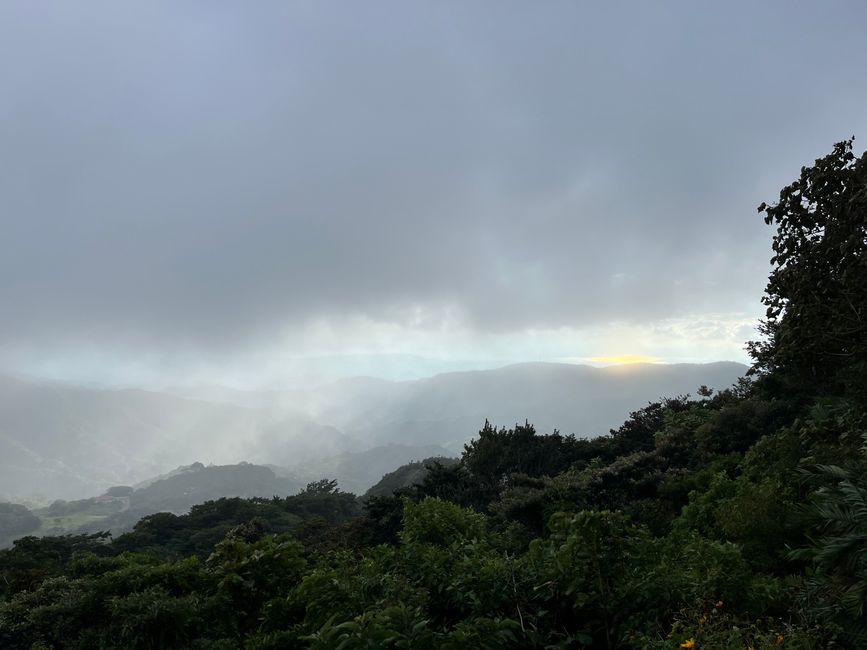
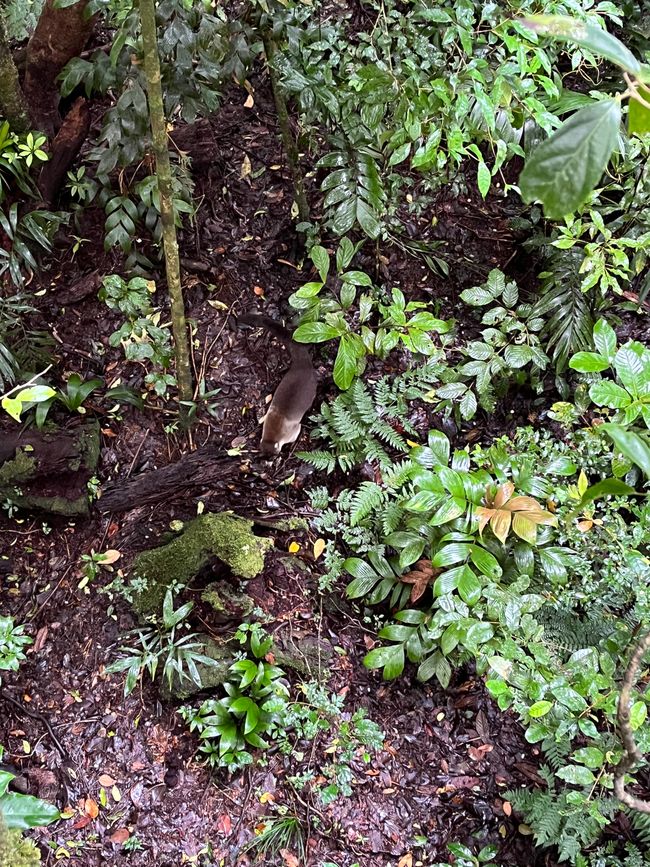
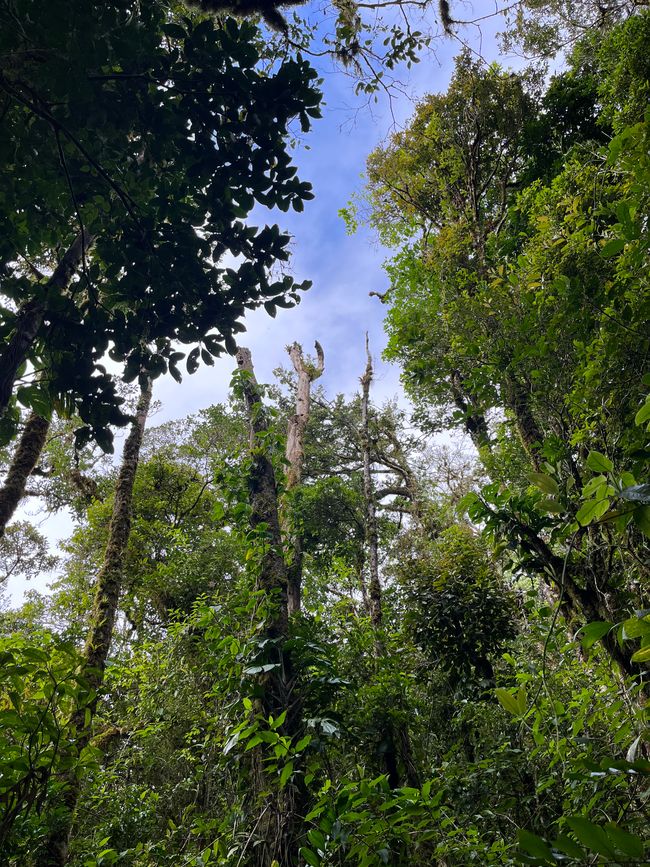
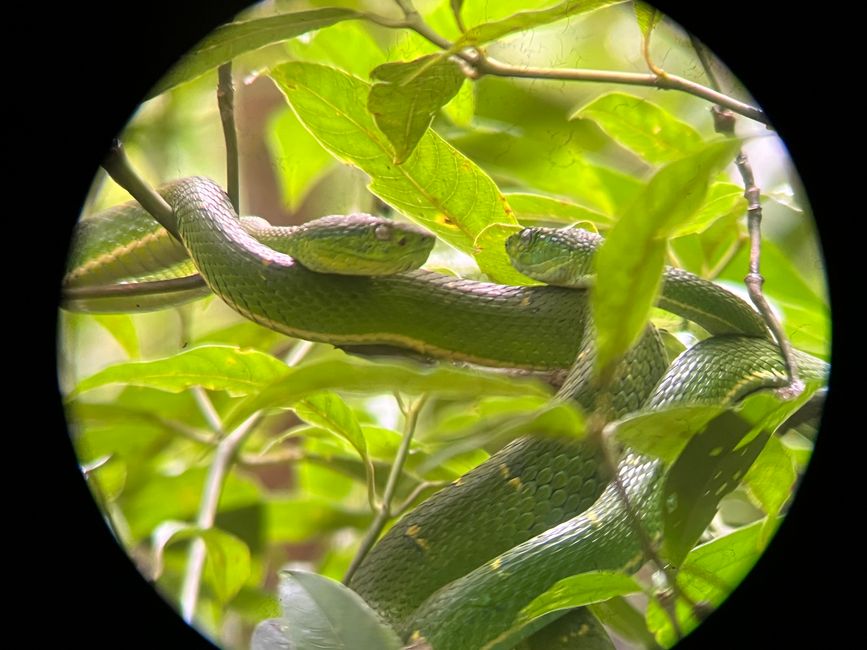
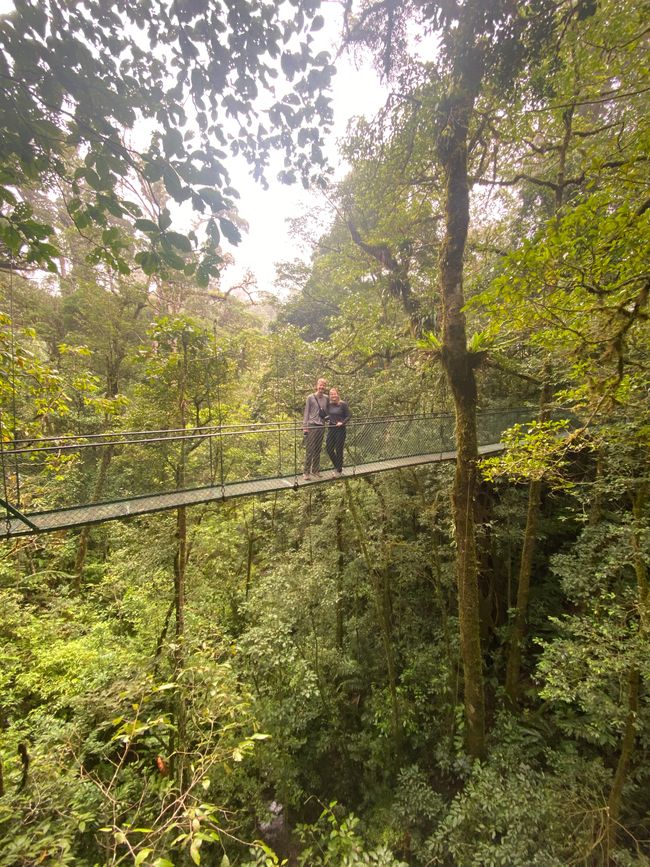

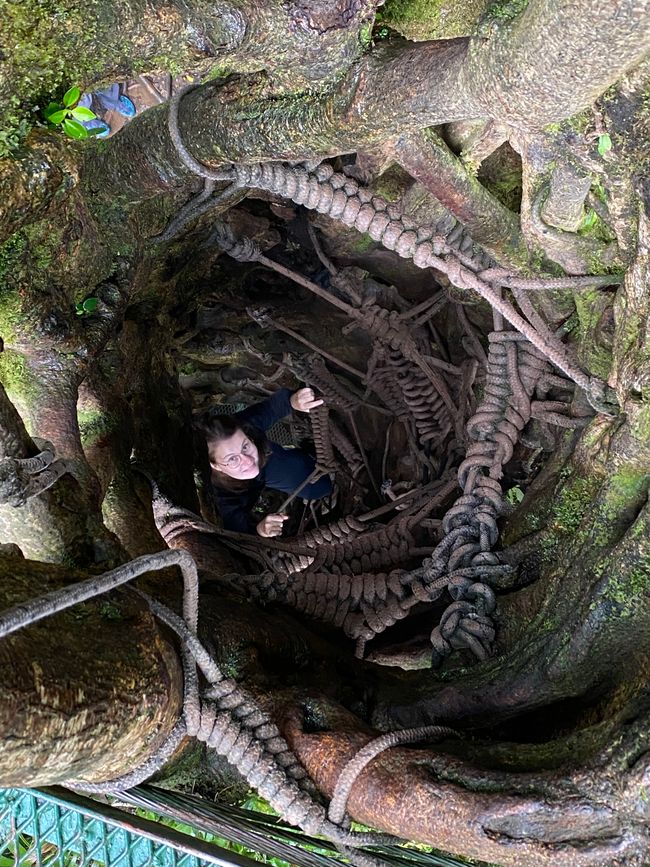
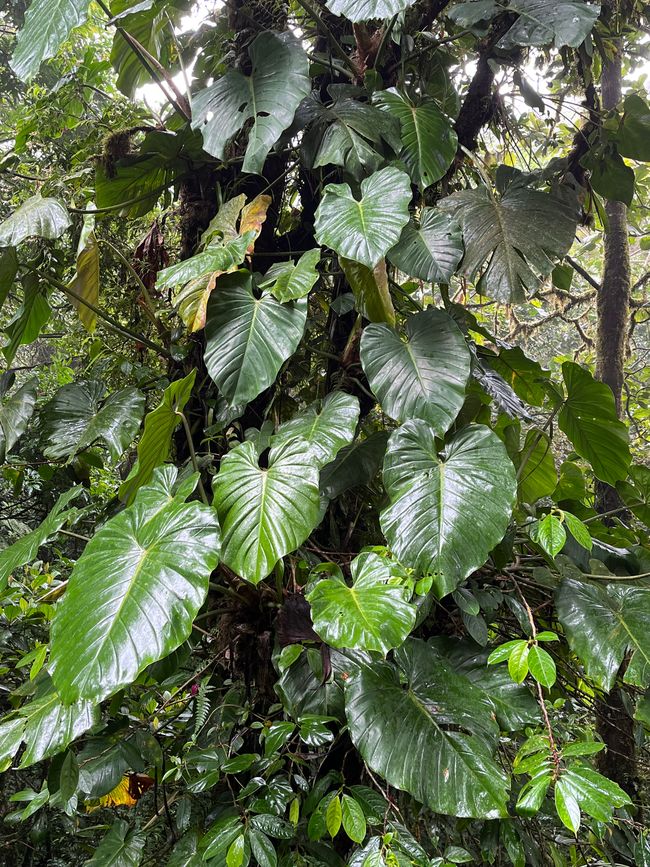


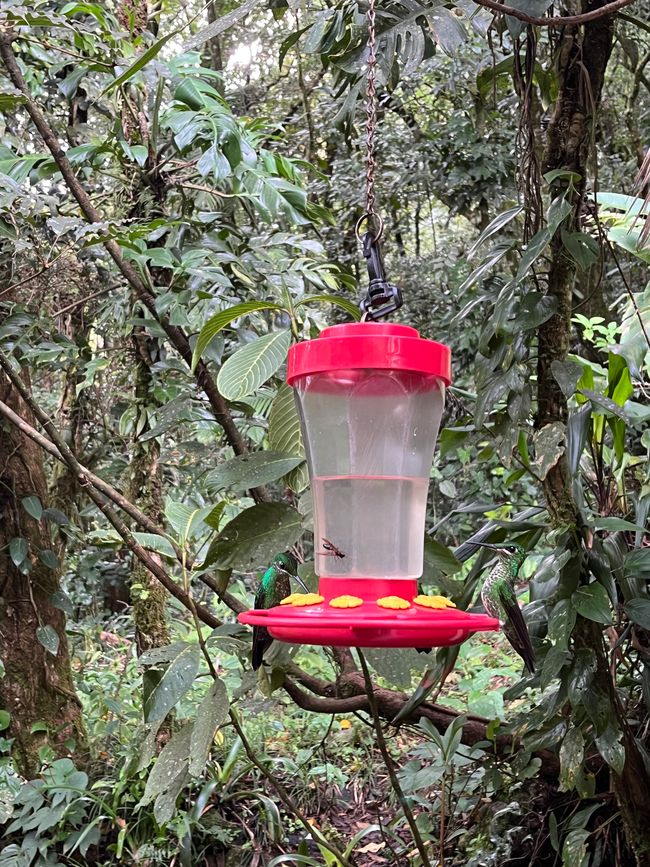
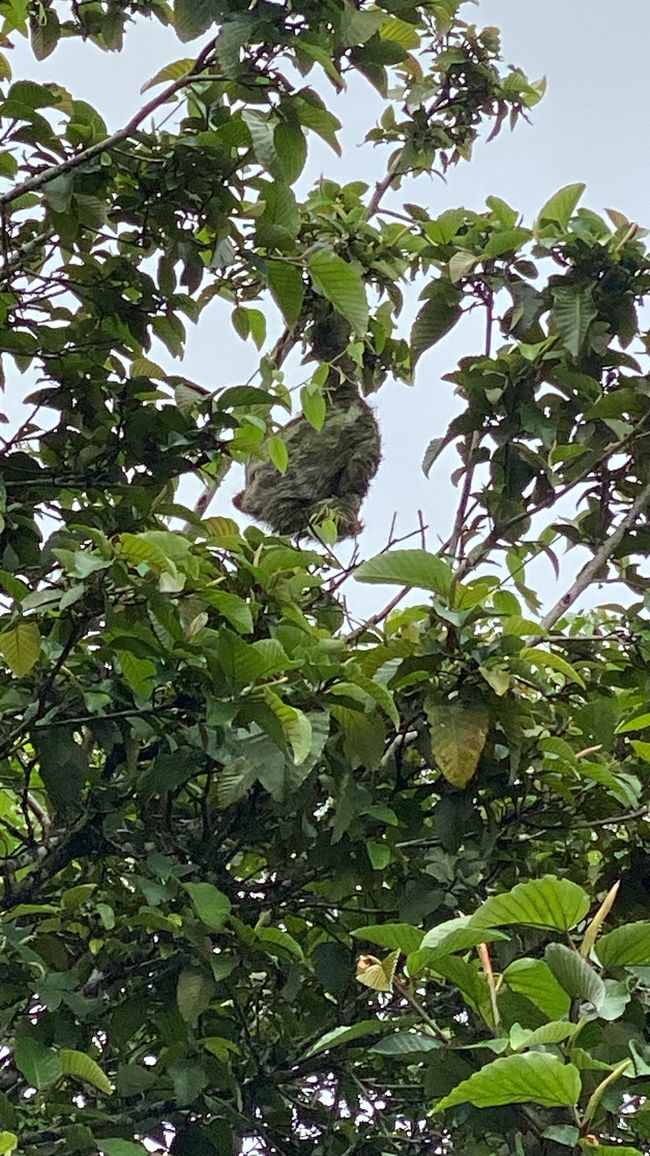
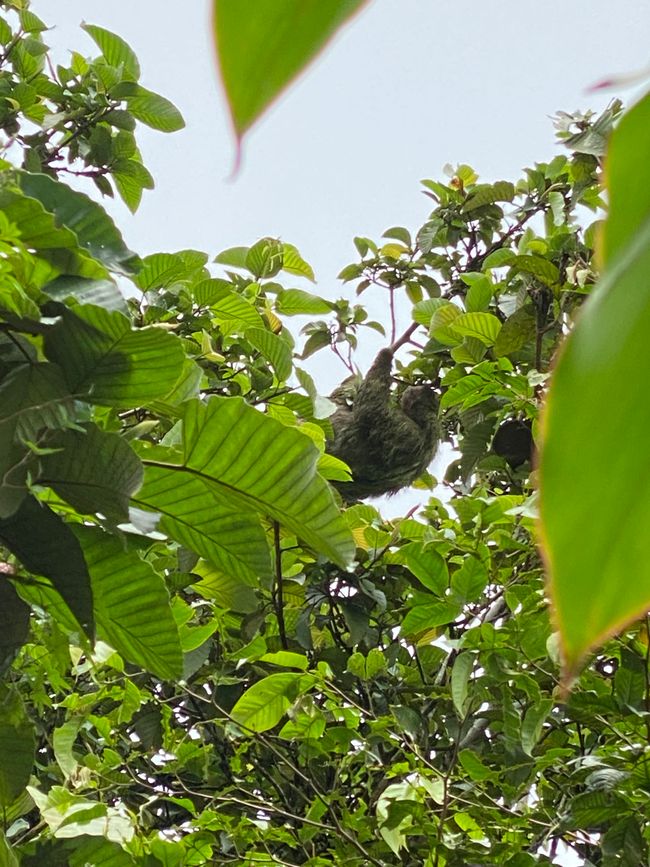
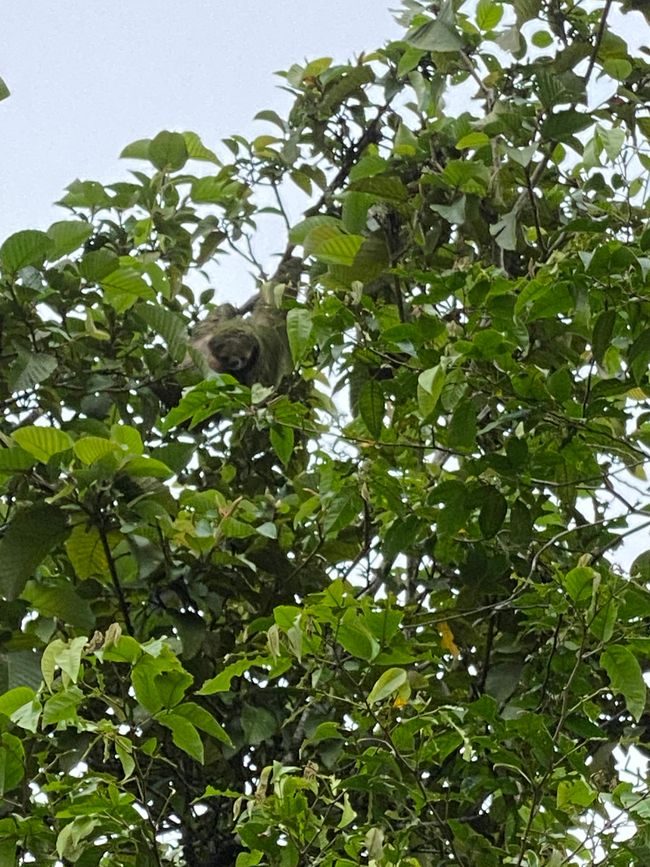
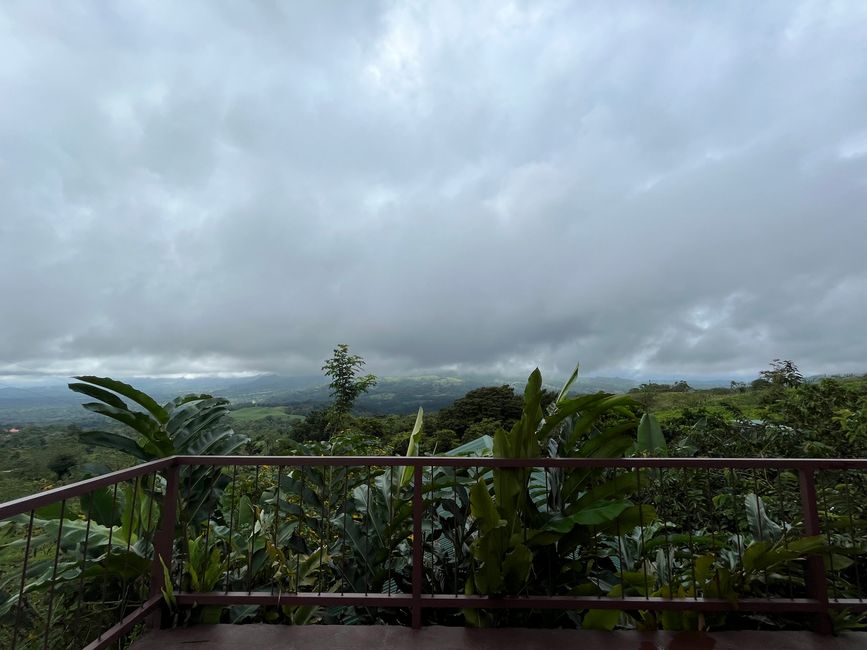
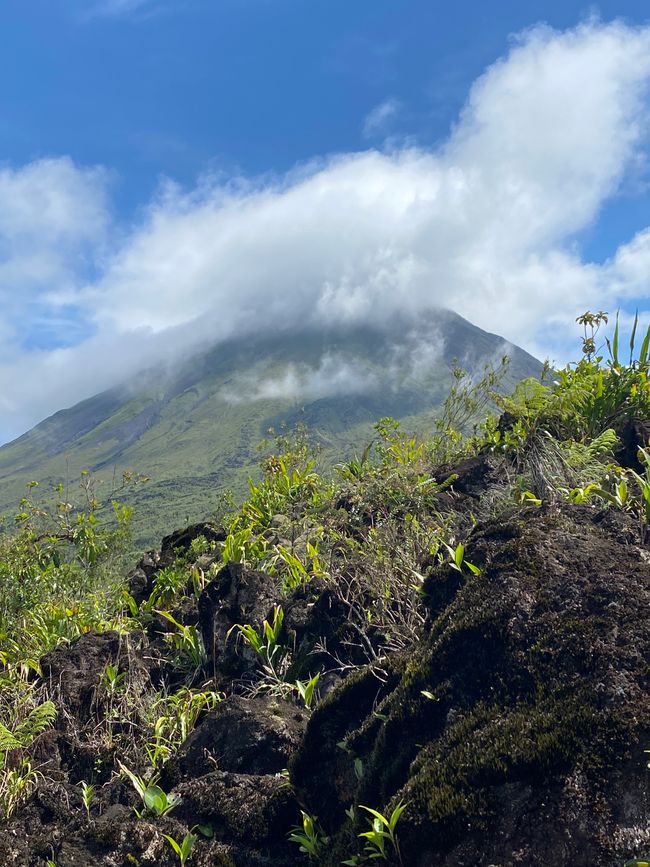
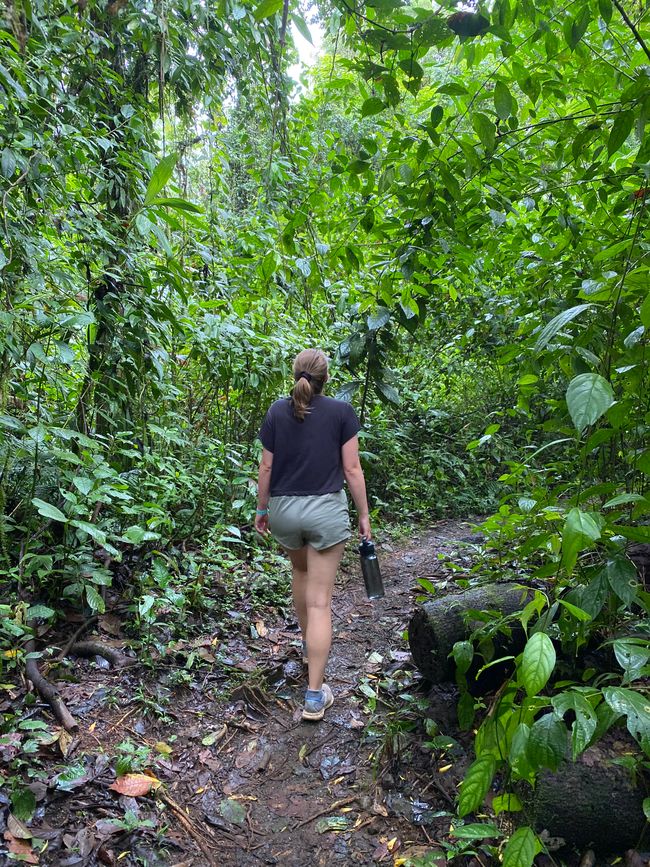
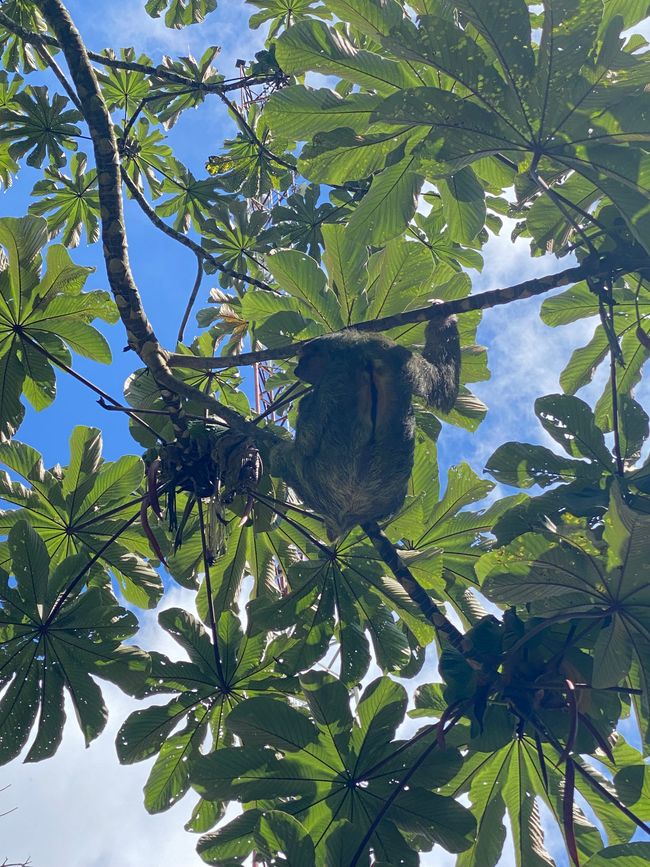



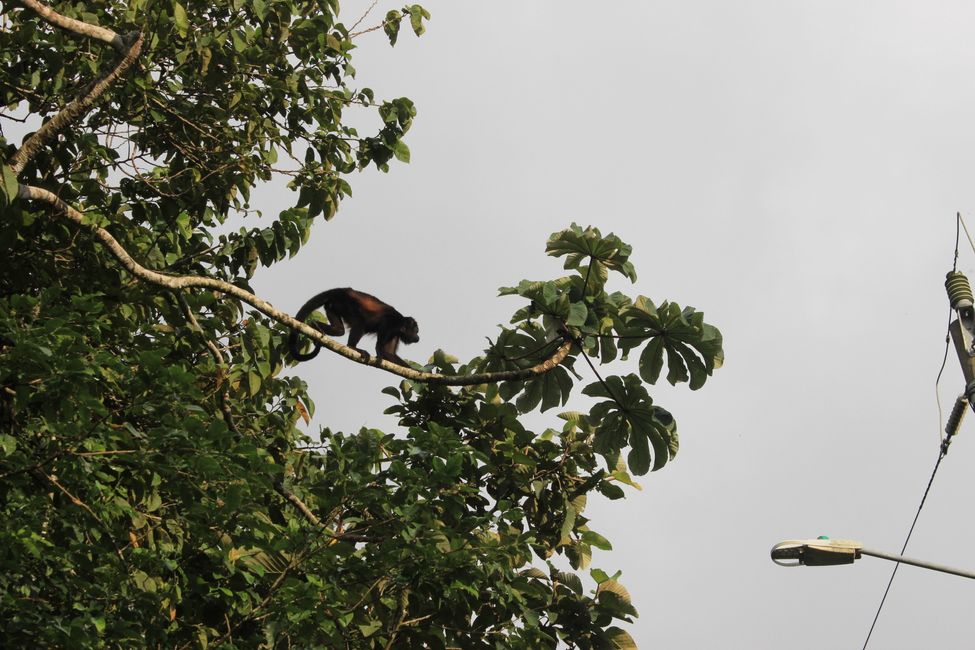
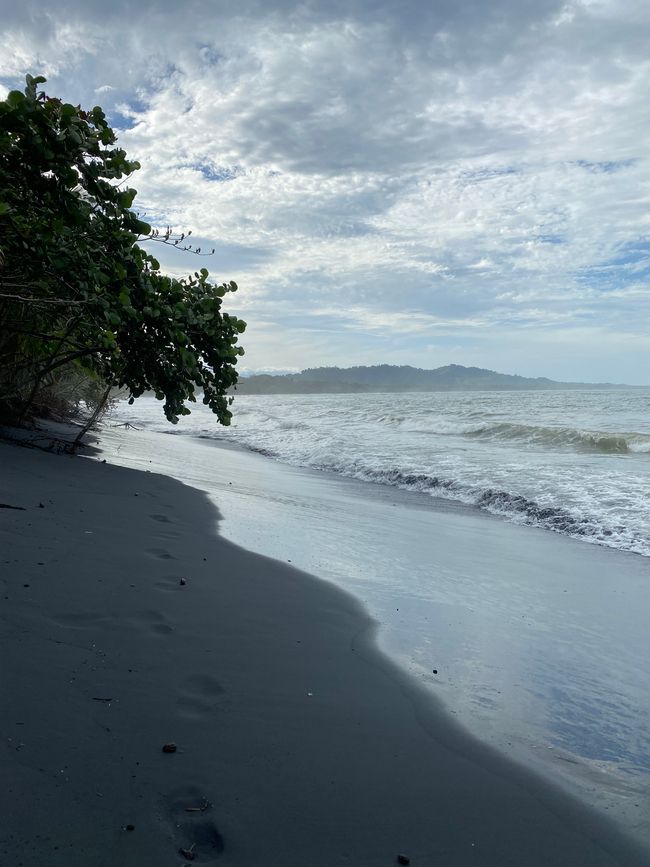
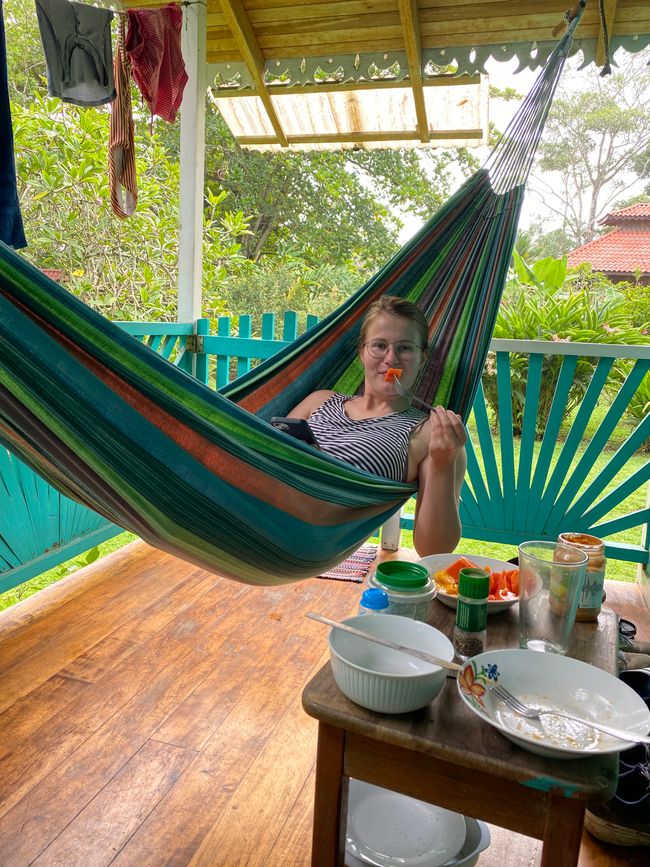
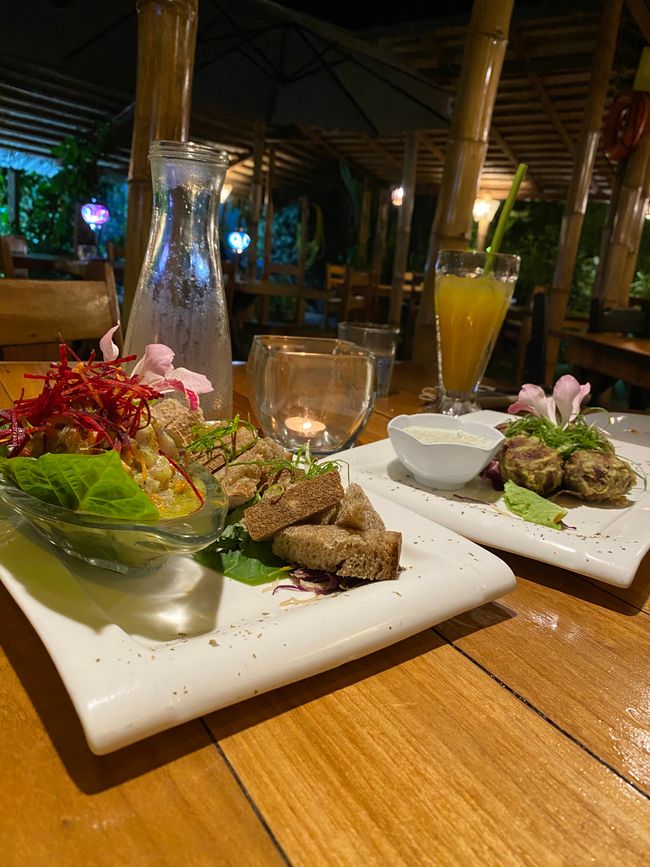
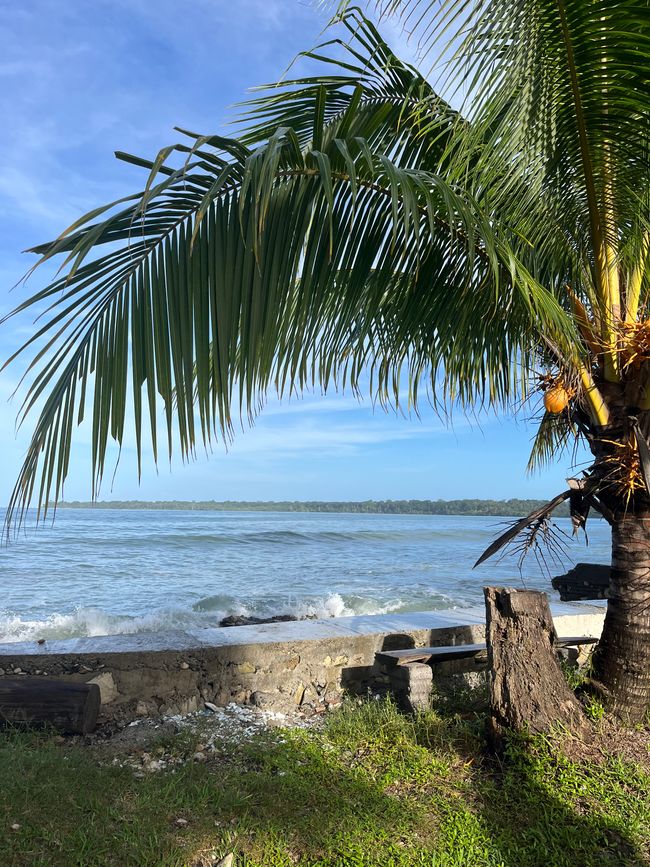
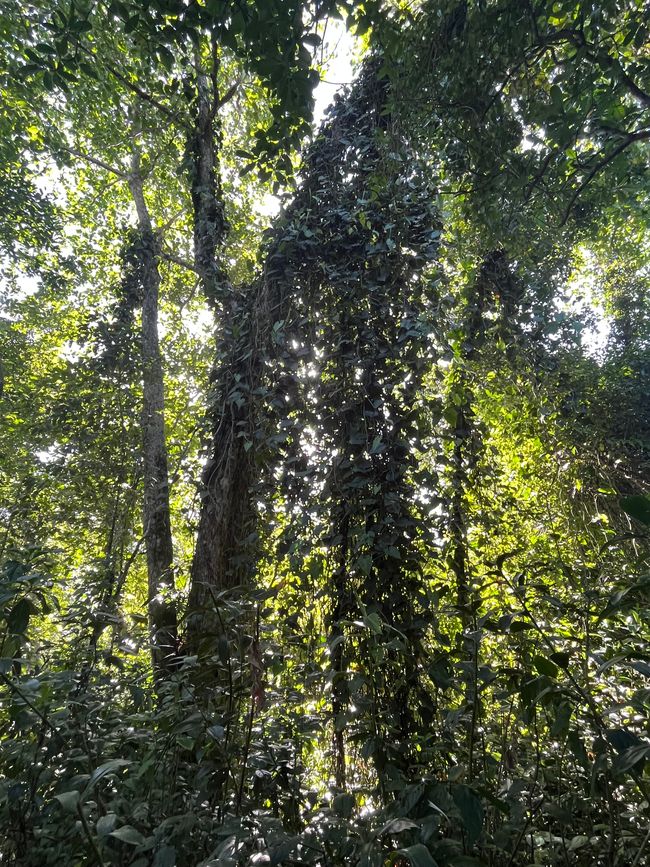
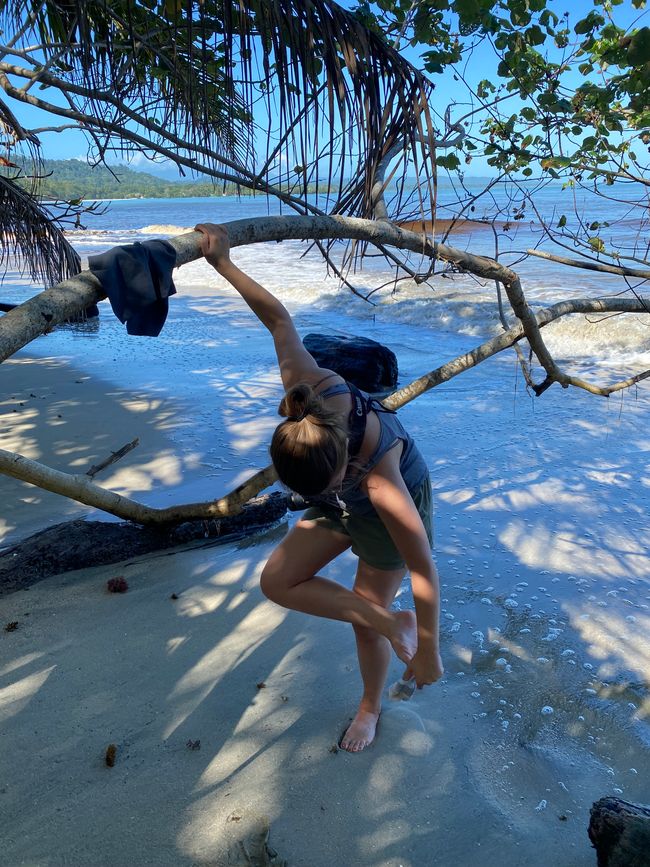

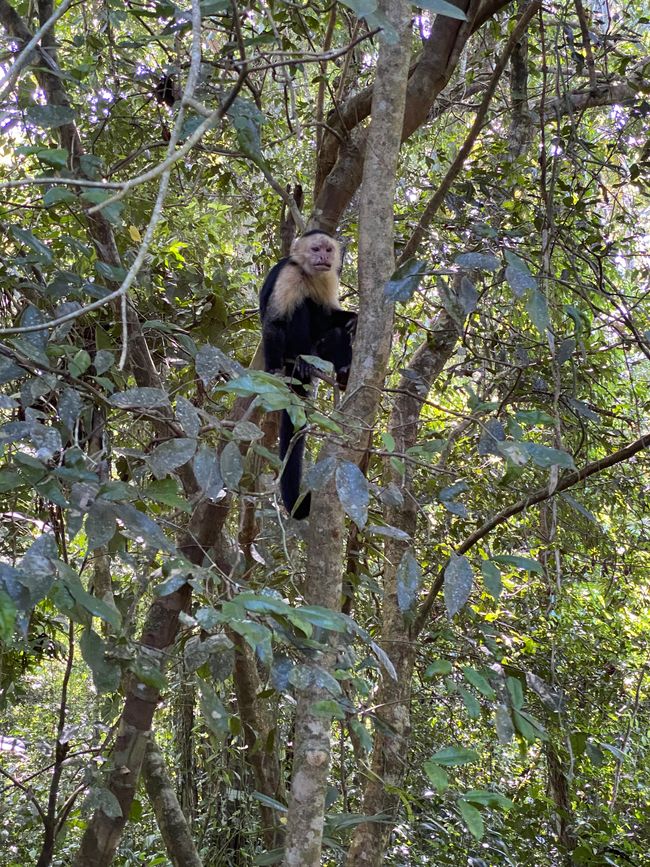
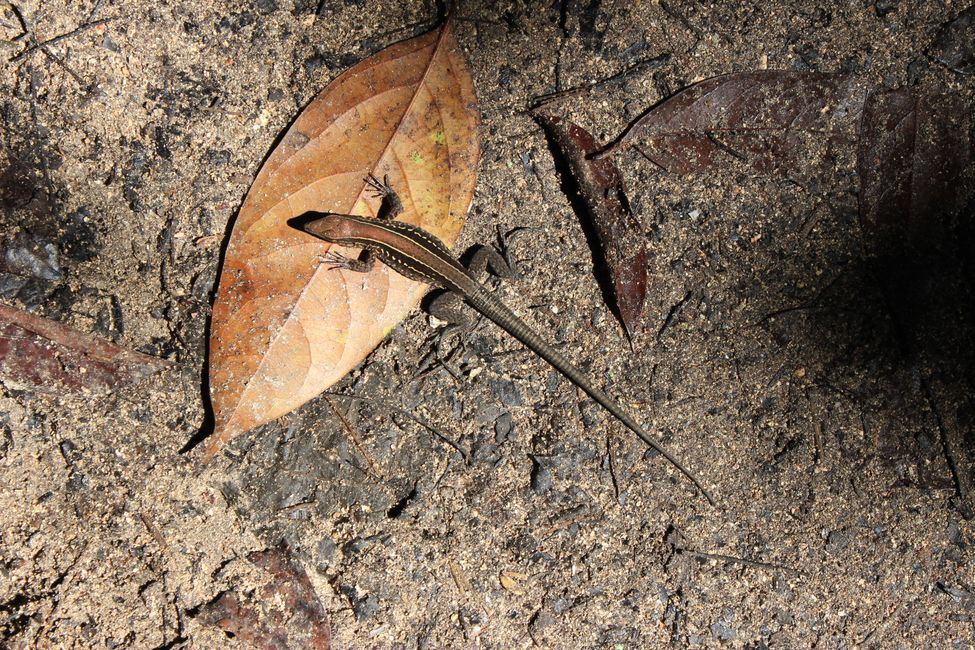
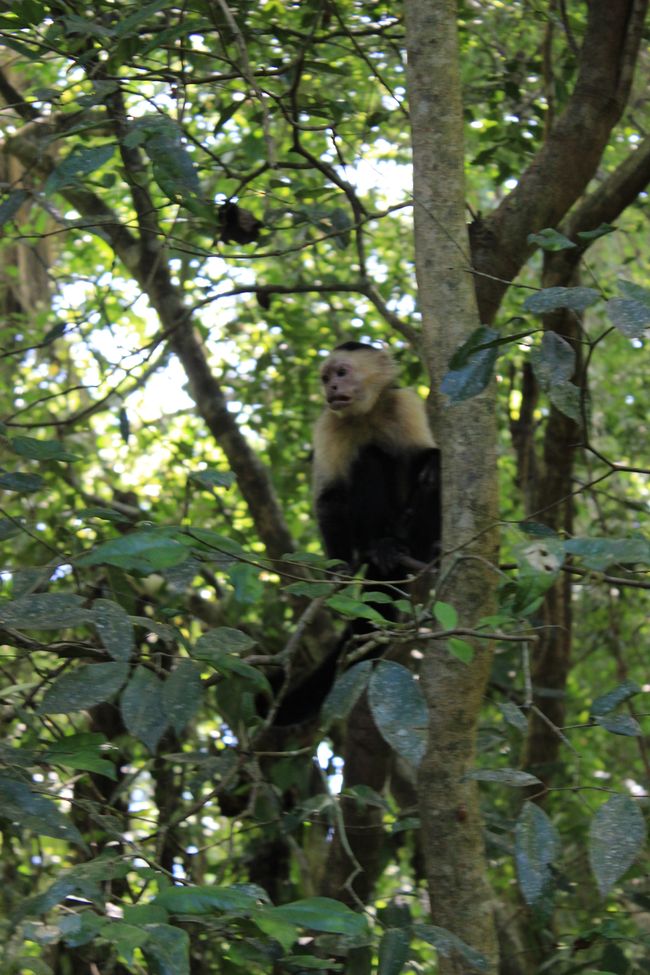
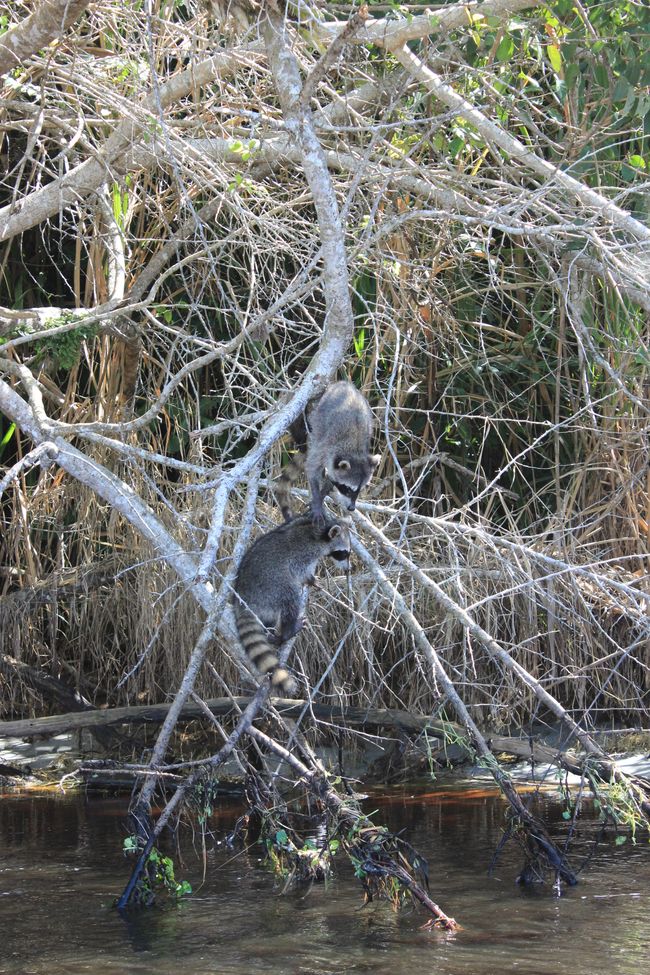
समाचारपत्रको सदस्यता लिनुहोस्
Review: Our plane takes off from Auckland airport at exactly 1:20 p.m. At this point there are 11,648 kilometers between us and our destination, but the landing is planned for 2:31 p.m. on the same day. 11,648 kilometers in just one hour? Not entirely, the time difference helped a bit. In fact, after about 20 hours we landed in San José, the capital of Costa Rica. After a long time we were really excited again. A new culture, a completely different climate and a language that we both barely speak.
The plan was that we wanted to spend a total of three and a half weeks in Costa Rica. For the first ten days we should take a rental car to the Pacific coast, then take a bus to the other side of the country to the Caribbean coast.
After spending the first night in the San José area, we started our first road trip on the second day. This time we couldn't take much time to arrive. Unlike previous countries, our time in Costa Rica was limited because we had already booked our next flight. Our goal was Uvita. The small coastal town is located on the Pacific coast, about 200 kilometers from San José. Because the roads in Central America are anything but good, you always have to allow a little more time here. In the end it took us about four hours to reach the coast. Uvita itself is not necessarily one of the top addresses, but the city still has a lot to offer. However, our first highlight in Costa Rica occurred before we even arrived. About halfway you cross the Tarcoles Bridge, also known as the Crocodile Bridge. The name is no coincidence; it is full of crocodiles. We left the car and headed to the bridge to look at the crocodiles from a safe distance. In addition to the large lizards, we discovered two colorful parrots in the trees who were happily eating a few nuts. Unfortunately, we traveled to Costa Rica in the middle of the transition phase from the rainy to the dry season, so the first few days were very wet. Nevertheless, we tried to make the best of it. And if it's already raining, you can also spend the time directly in the water. Among other things, we visited a waterfall where you could not only swim but also slide down. In addition, Uvita is known for the Marino Ballena National Park. The park offers a unique setting with a wide sandy beach and green mountains in the background. This is how we imagined Costa Rica. After two days we continued south to Drake Bay. The small coastal village is the gateway to one of the country's most famous national parks. Corcovado National Park is one of the most unique and biodiverse places in the world. Over five percent of the global animal population is represented here in a very small space. The national park is intended to contain the entire insect ecosystem that can be found between Panama and Mexico. Additionally, National Geographic describes it as the “most biologically intense place on Earth in terms of biodiversity.” Unfortunately, you can't explore the park on your own, which is why we booked a tour in advance. Looking back, we are very happy about that, because we would never have discovered many of the animals without the guide. The jungle is too dense and the animals are too well camouflaged to be able to see them in the dense canopy of leaves. However, with our guide Manuel, this shouldn't be a problem. In addition to numerous species of monkeys, we saw toucans, a tapir, spiders, scorpions, coatis and much more. There was only one animal we didn't get in front of the lens (yet). And it is said that this animal can be seen on every corner in Costa Rica. That may be true, sloths live in Costa Rica wherever there are trees and rainforest. But because they usually hang up in the treetops, it's not that easy to spot one. Despite the guide, it would still be a few days before we saw our first sloth. Because we only had the rental car for ten days, we unfortunately had to move on to our next stop after two days in the Corcovado National Park. From wide beaches and lush tropical rainforest we now went higher. At 1,330 meters lies Monteverde with its unique cloud forests. As the name suggests, the forests here are usually covered by a thick layer of fog. This layer of fog ensures that the climate in the countries is always humid, which means that countless animals and plants have created a perfect home here. The best way to explore the reserve is via the numerous hiking trails and suspension bridges. Here too we decided to book a guided tour. Unlike in Corcovado, this should not take place at the foot of the trees but in the treetops. From a bird's eye view we again observed numerous animals, including two small poisonous green snakes (green vipers), coatis, many different birds and again various species of monkeys. We didn't just like it in Monteverde because of the cloud forests, the cooler climate in the mountains was a nice change from the usual tropical temperatures and high humidity.
Our next stop on our Costa Rica road trip was La Fortuna. The city lies at the foot of Arenal, one of the most active volcanoes in the world. Arenal last erupted in 1968. Since the last major eruptions in 2010, the volcano has calmed down somewhat. The active Arenal volcano with its many hot springs at its base is the main attraction in the region. And in fact it is simply impressive, the way it towers over everything in the middle of the landscape. However, there is a problem that also became our undoing. The peak is covered in fog almost all year round. We were there for three nights in total, we didn't see the volcano as a whole and we saw the top for about three seconds. Unfortunately, the fog was accompanied by a lot of rain, so we weren't able to do much other than a short hike. But why was the trip to La Fortuna still worth it? We saw our first sloth here. It was just hanging in the treetops directly opposite our accommodation. Admittedly, without the receptionist we would never have discovered each other. Nevertheless, we were as happy as little children. With the positive feeling of our first sighting, we consoled ourselves over the fog around the volcano and headed back to San José, where we returned the car.
The next morning we continued our journey no longer in our own car, but by bus. While the first part of our trip through Costa Rica was relatively strict, we didn't have much planned for our time on the Caribbean coast. First we spent three relaxing days in Puerto Viejo. As soon as we arrived here, it was noticeable that the vibe was completely different than before on the Pacific coast. The clocks ticked a little slower here and the residents all seemed more relaxed than in the other parts of Costa Rica that we had traveled to so far. The influence of the Caribbean was noticeable at every corner. Unfortunately, the weather didn't cooperate here either, but thanks to a hammock on the covered veranda this wasn't a big problem. I would also like to mention our visit to the restaurant La Casita de Monli, which received a Michelin star a few years ago. For comparatively little money you could eat delicious fish here.
The next morning we took the first bus towards Cahuita, the next destination. Cahuita is a little north of Puerto Viejo and is significantly smaller. Because significantly fewer tourists get lost here, things are a little more relaxed here. Cahuita is particularly popular for its national park, which borders directly on the sea and thus provides a great interplay of rainforest and palm-lined sandy beaches. And what's more, it's basically free, a first in Costa Rica. While you sometimes have to pay very high entry fees in all other national parks, here you only ask for a donation. And I really liked the national park. A long but very easy and relaxing hiking trail leads through the forest right next to the sea. And it's just teeming with animals. We went to the park three times and saw sloths, howler monkeys, capuchins, spider monkeys, lizards, spiders, raccoons and more. A great end to a great time, as Cahuita was our last real stop on the journey through the land of sloths. We took the bus back to San José, where we spent another two nights to do a bit of organizing and do laundry.
Overall, we really liked Costa Rica. The nature and biodiversity that we were able to see was incredible and completely different than in the other countries that we and I have visited in the past few months. In addition, Costa Rica offers a really great mix of beach and active holidays. The traditional food combines Mesoamerican food cultures and various international cooking techniques. After the fish and chips culture in New Zealand and Australia, this was a really nice and, above all, delicious change.
Unfortunately, the weather didn't always play along as we had imagined. However, you always have to take this into account in tropical areas, especially if you travel there during the transition from the rainy to the dry season. And if we're honest, the rainy days were good for us to take a breather. The last few months have left their mark and the tiredness of traveling is getting through more and more. Let's see what happens in the next country.
समाचारपत्रको सदस्यता लिनुहोस्
जवाफ
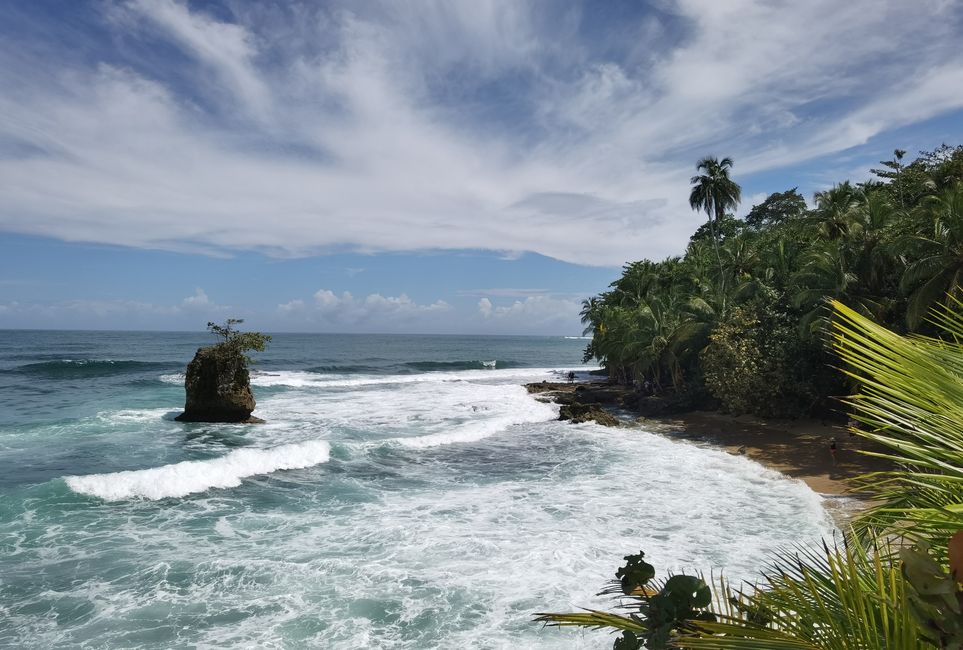
यात्रा रिपोर्टहरू कोस्टारिका
